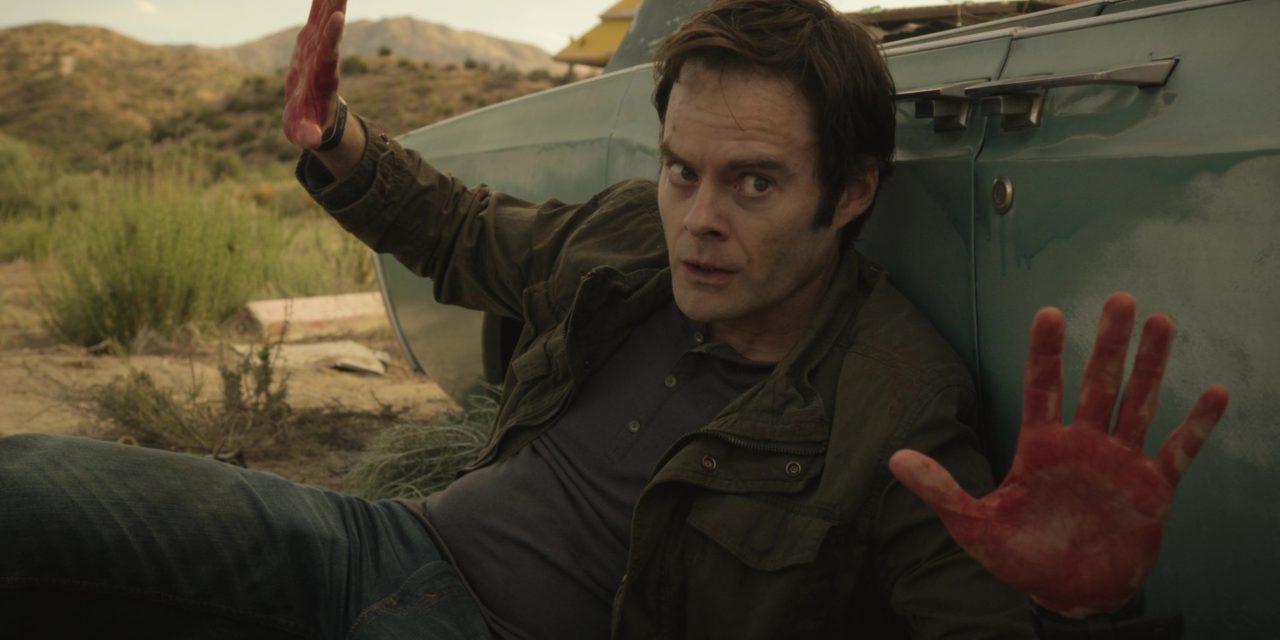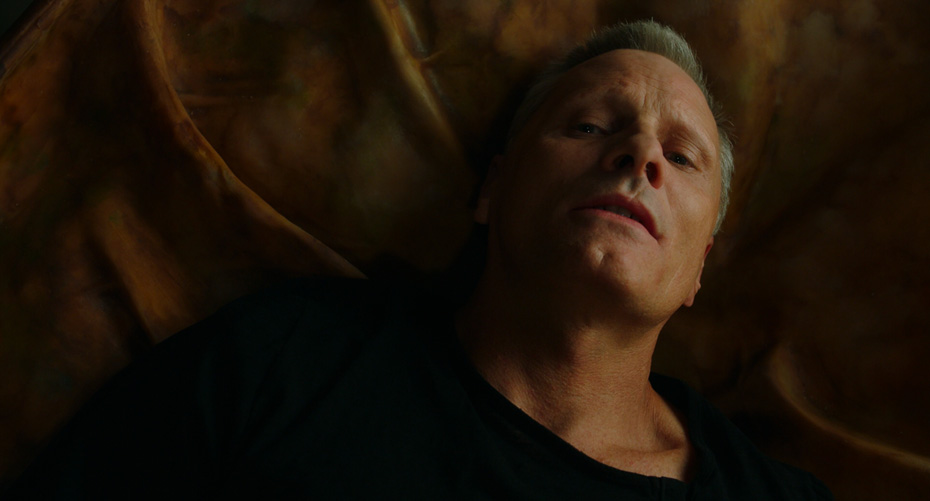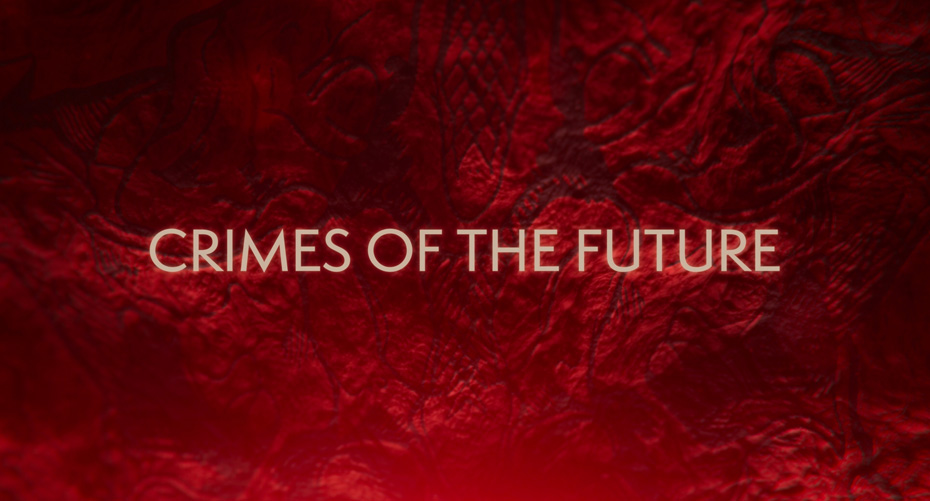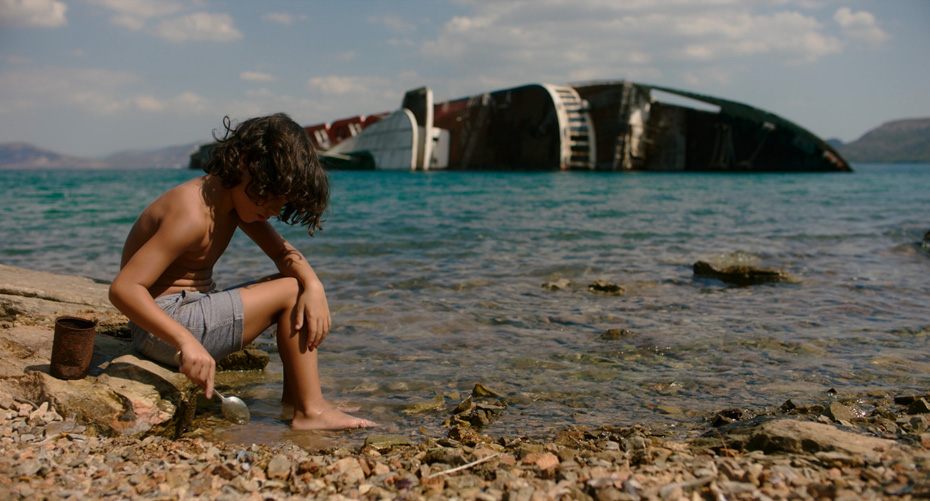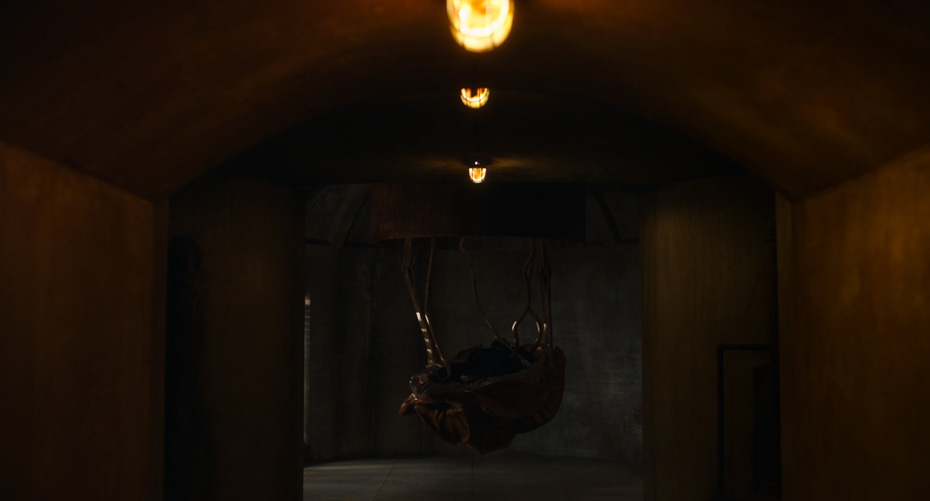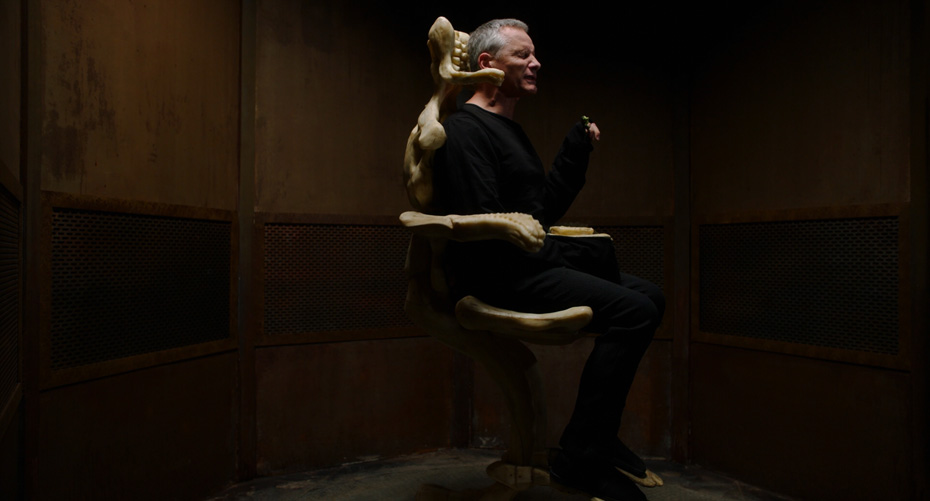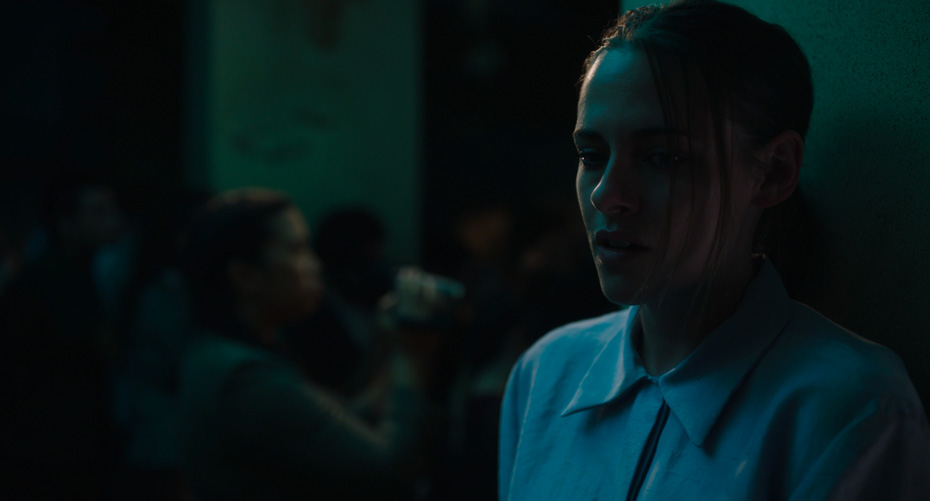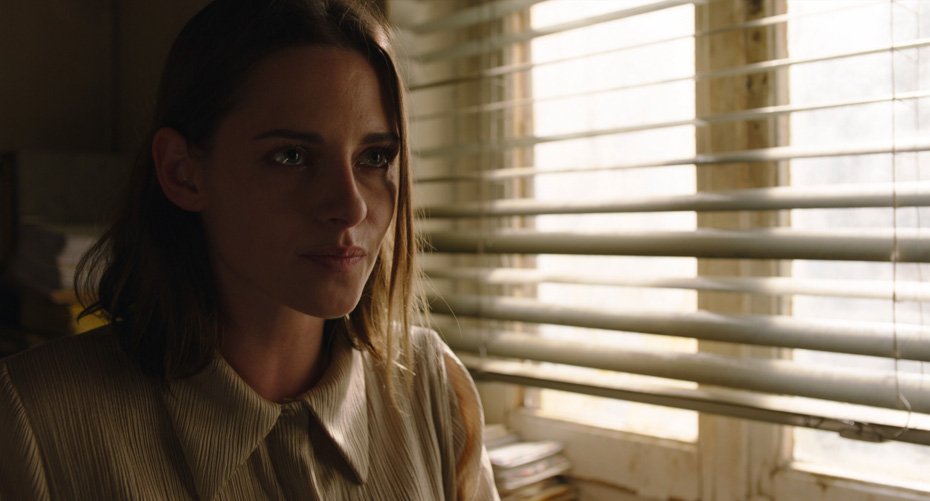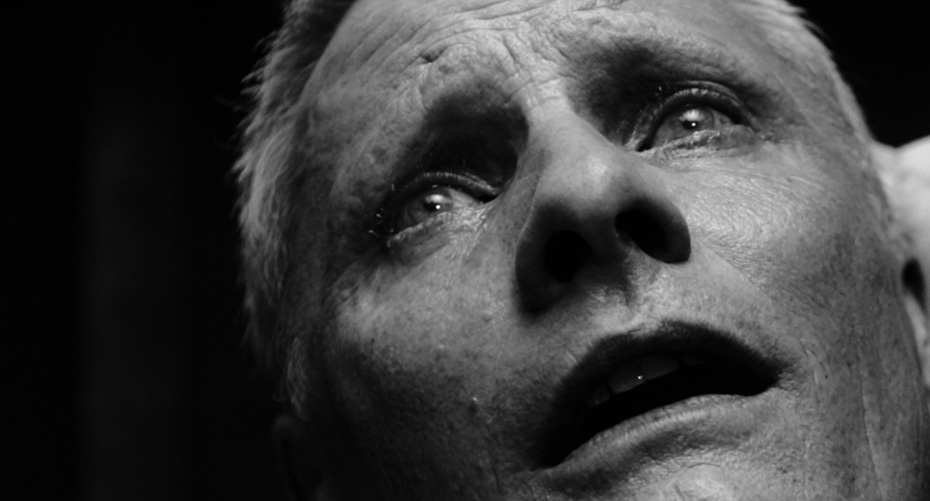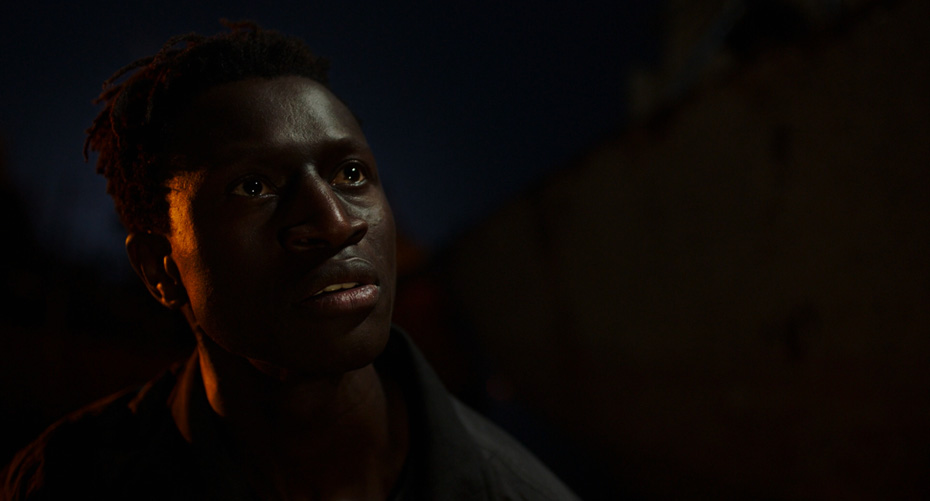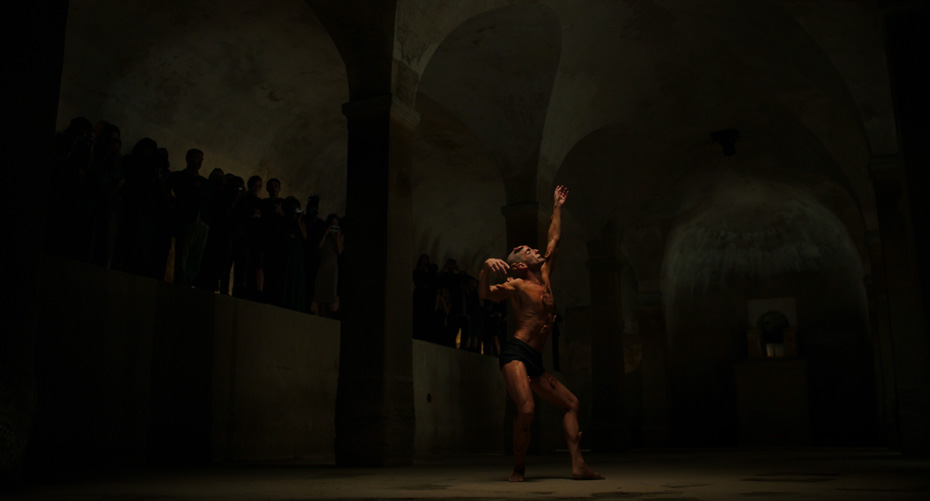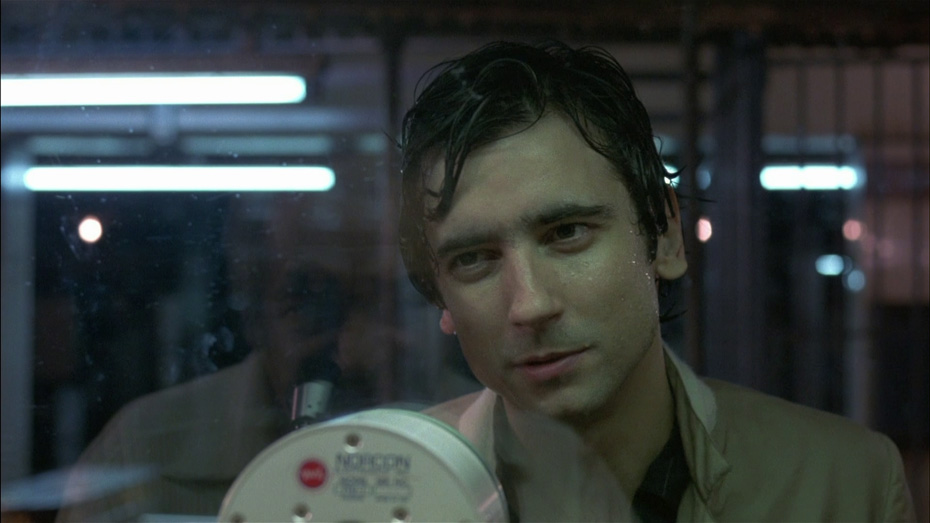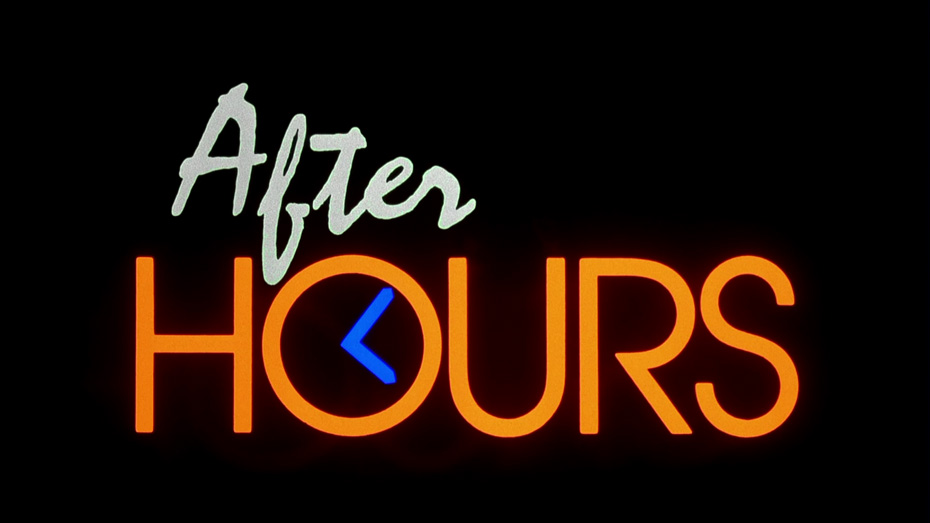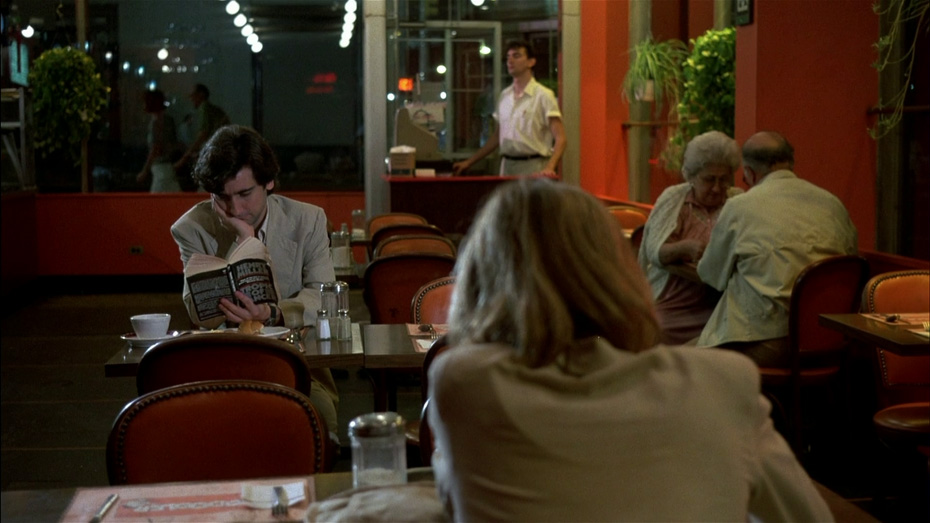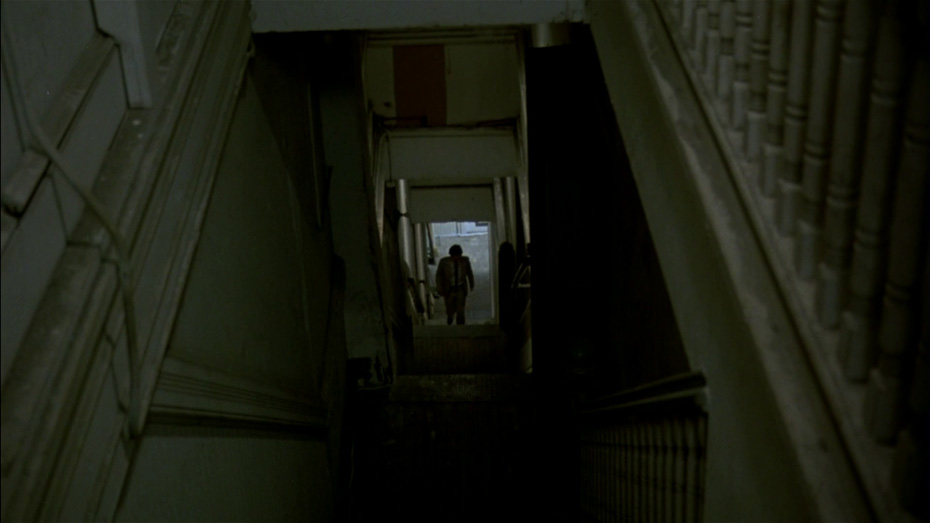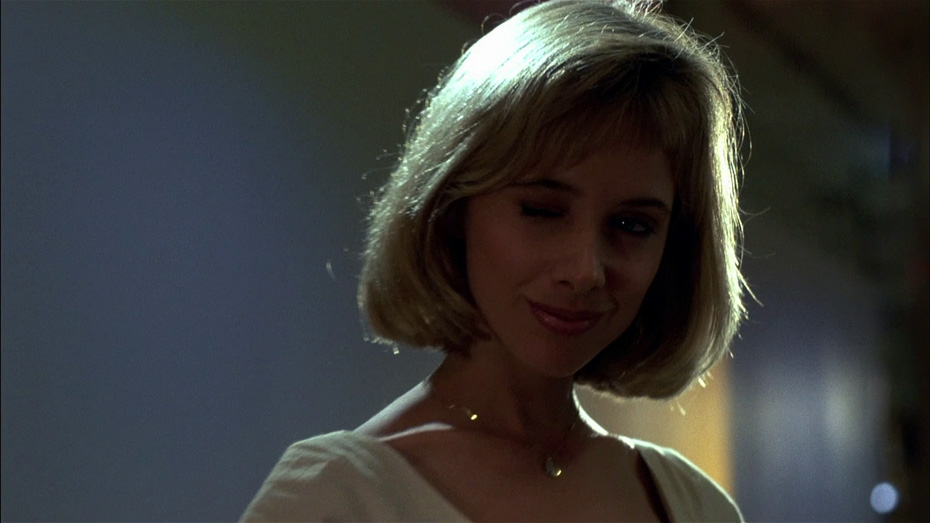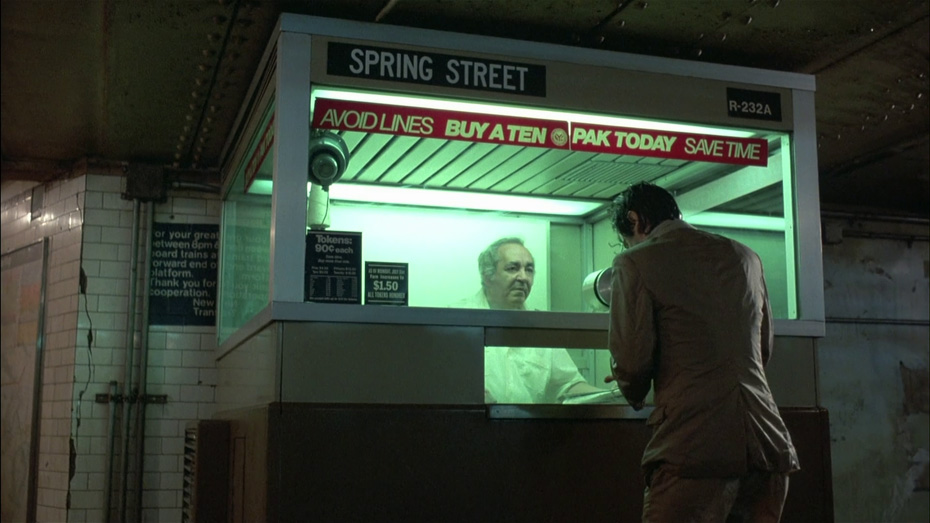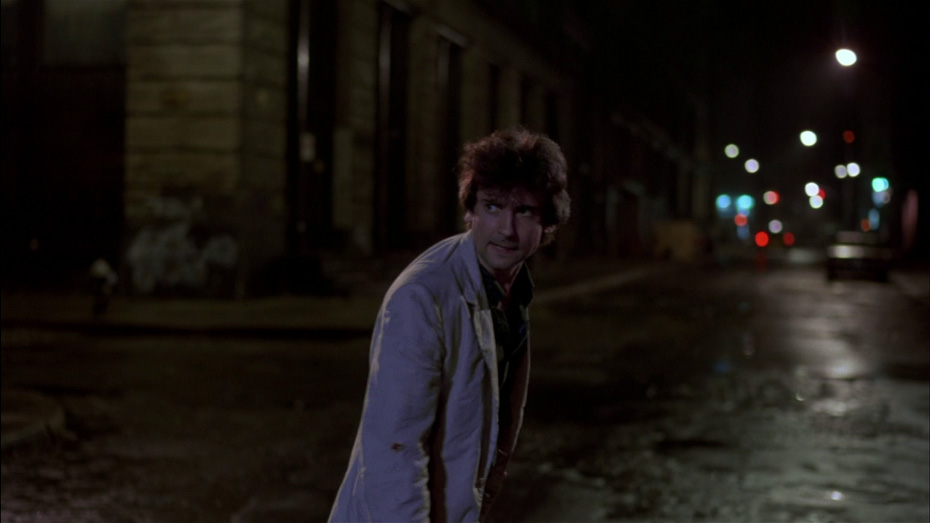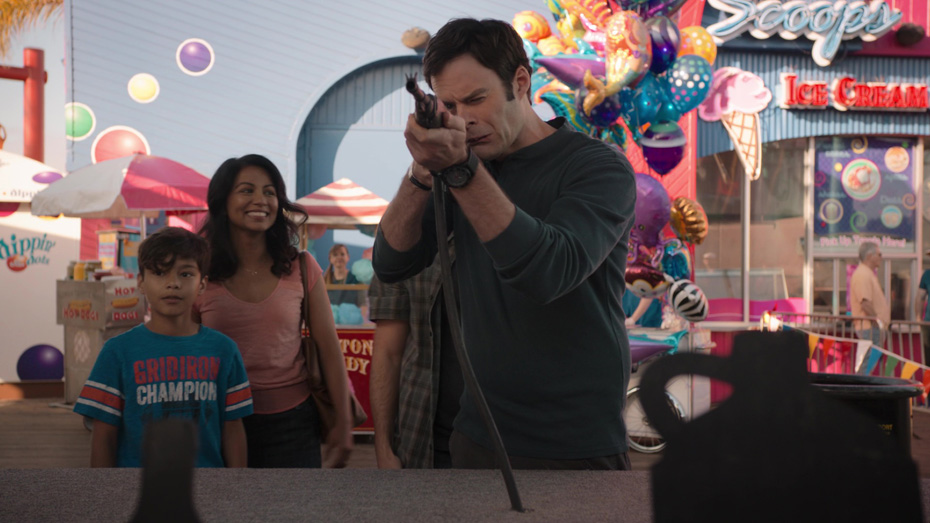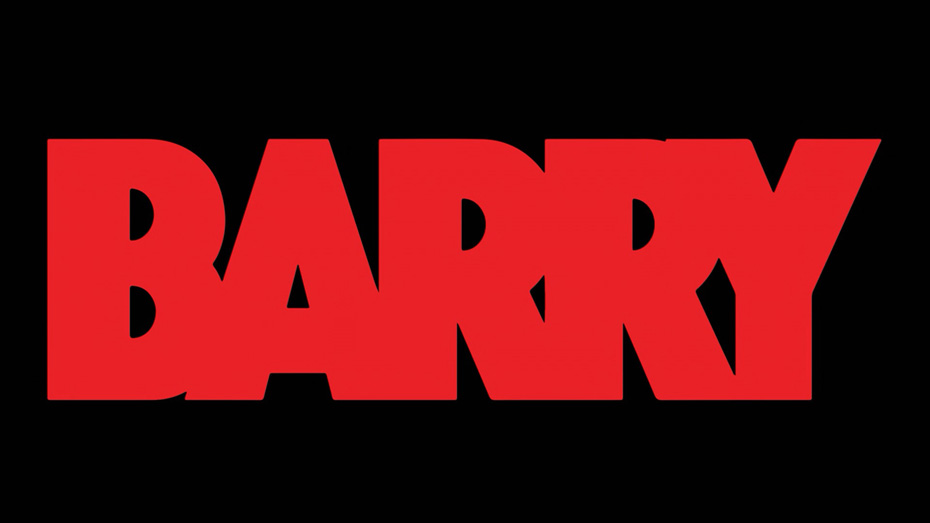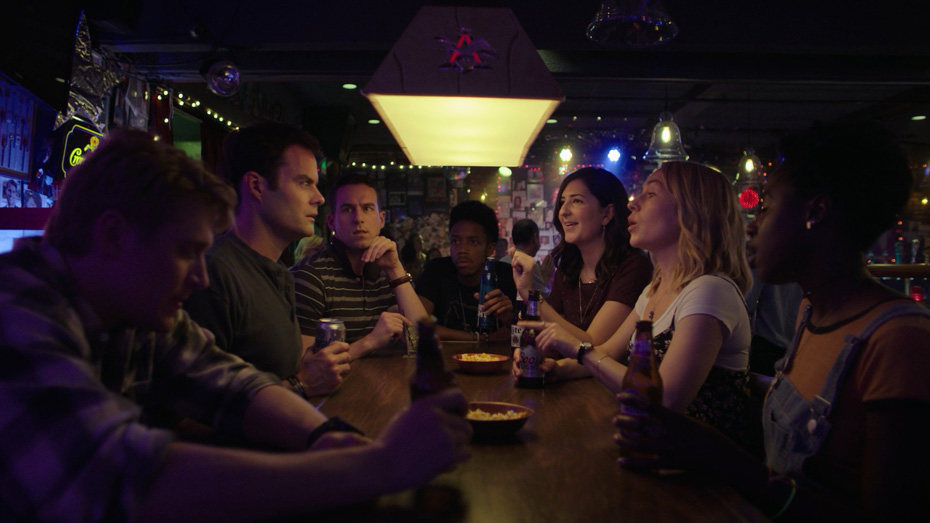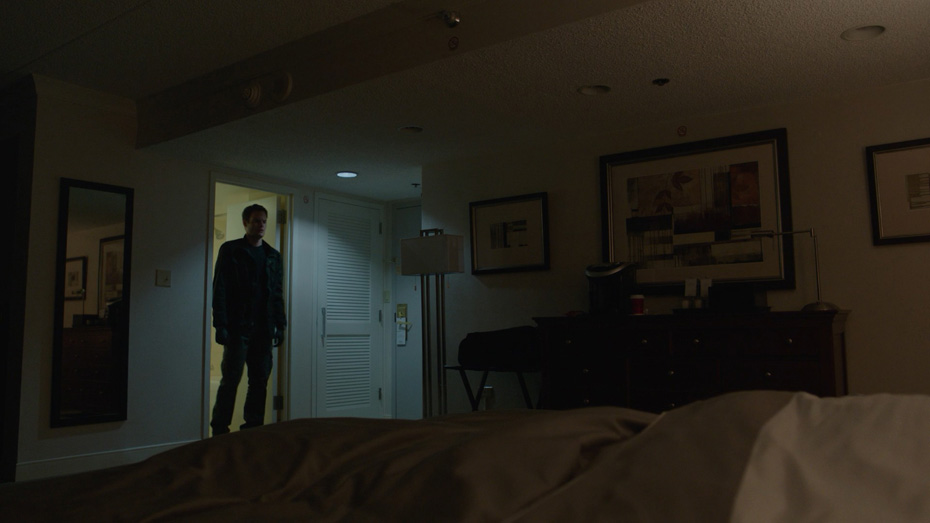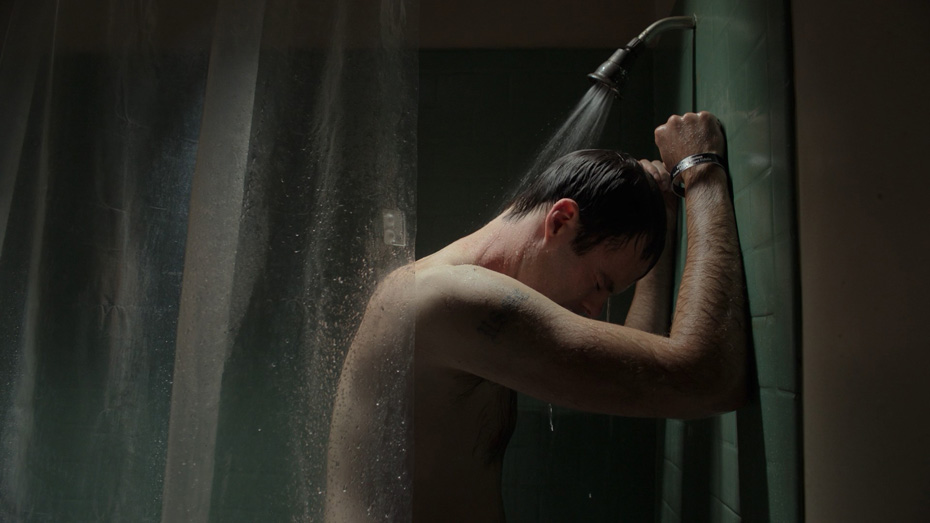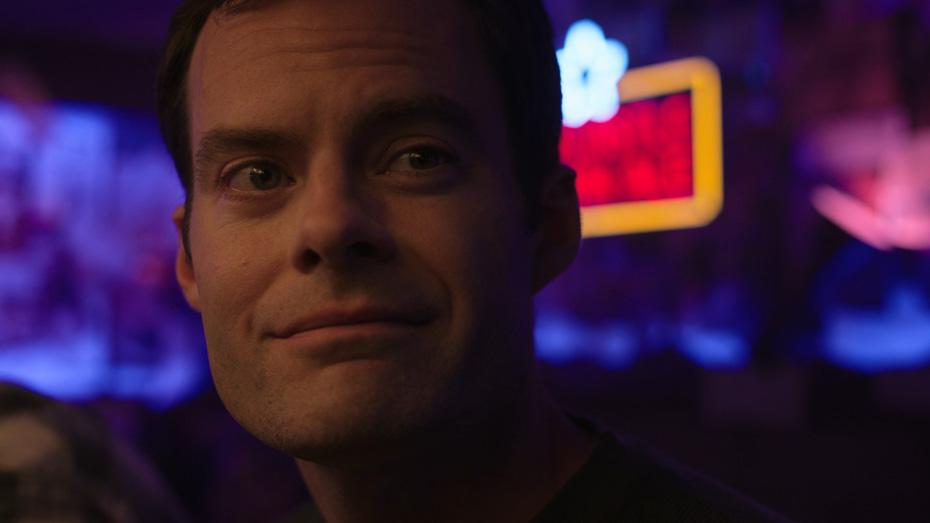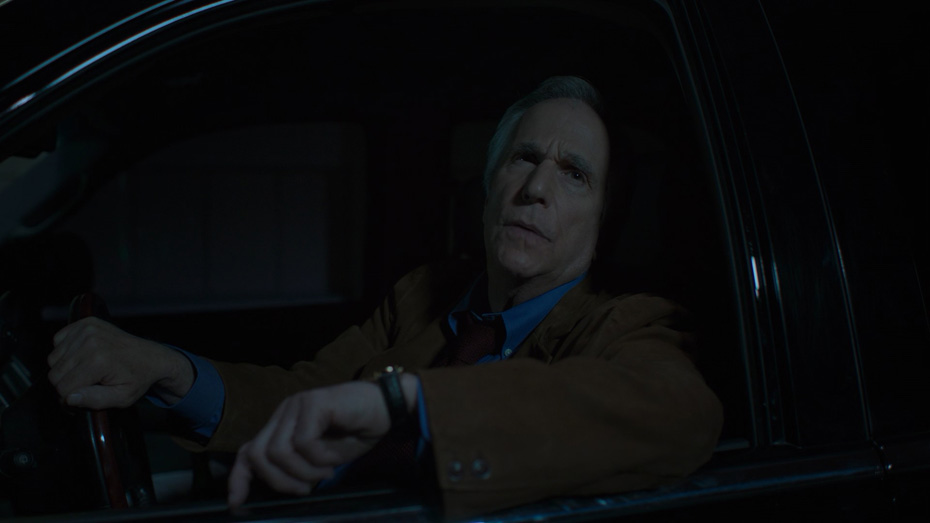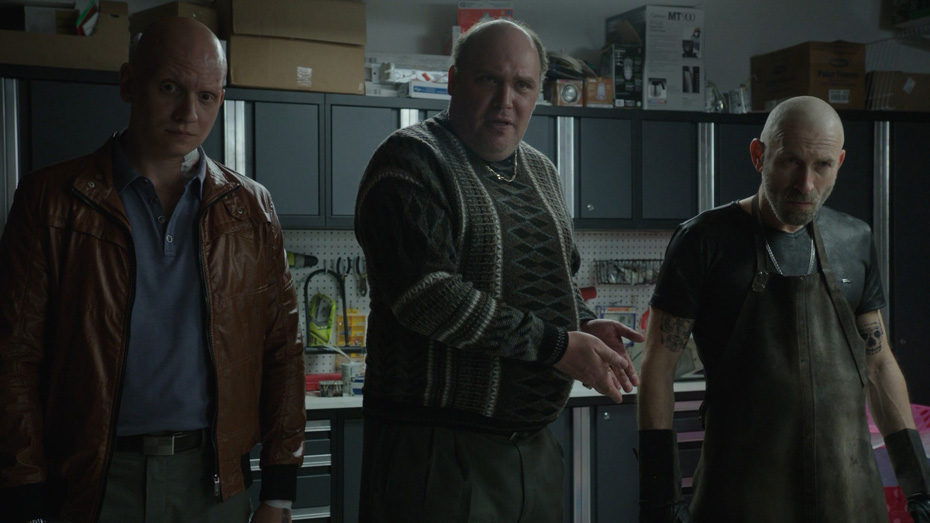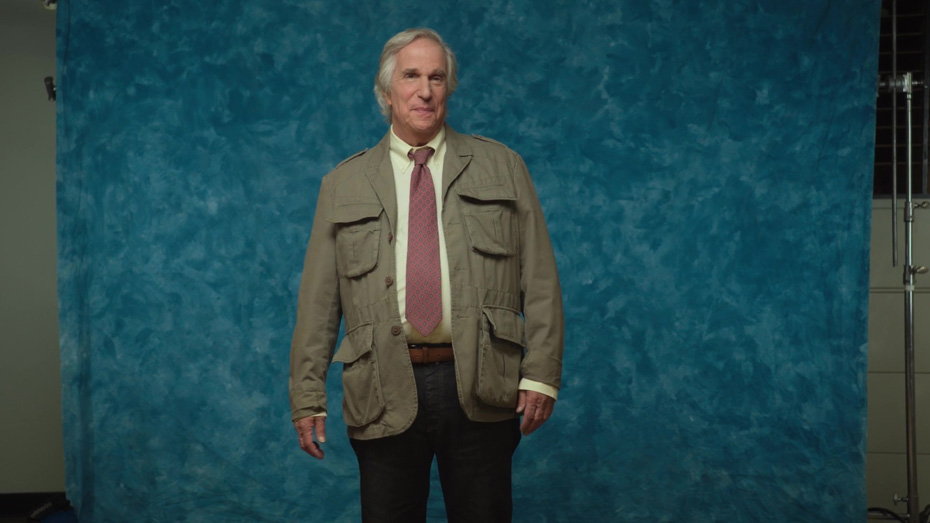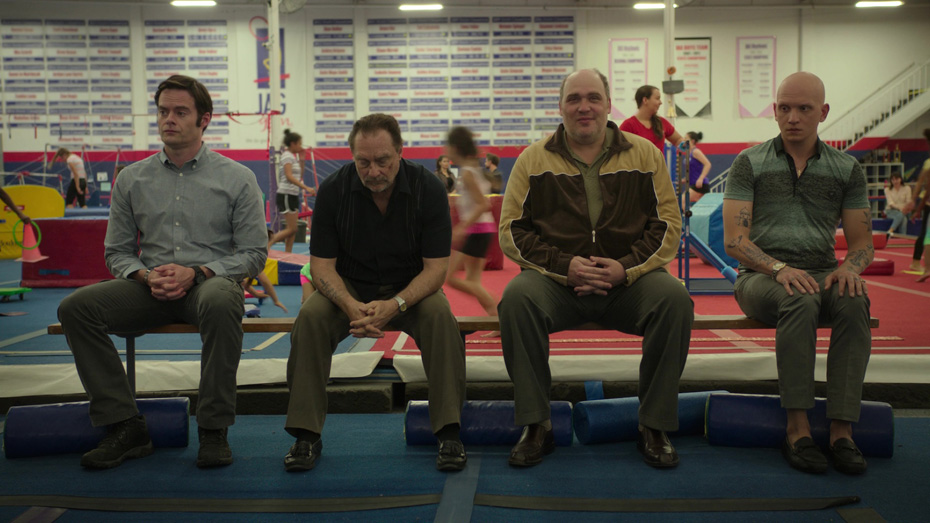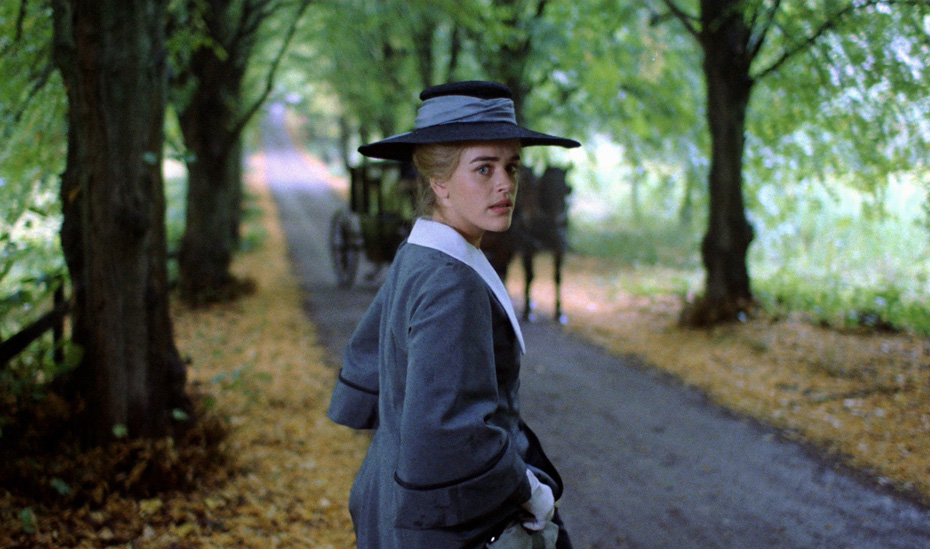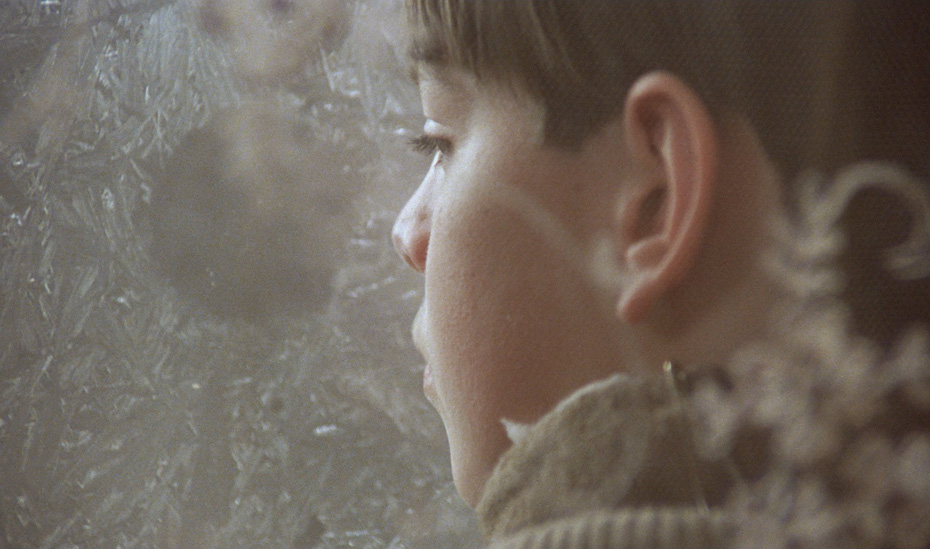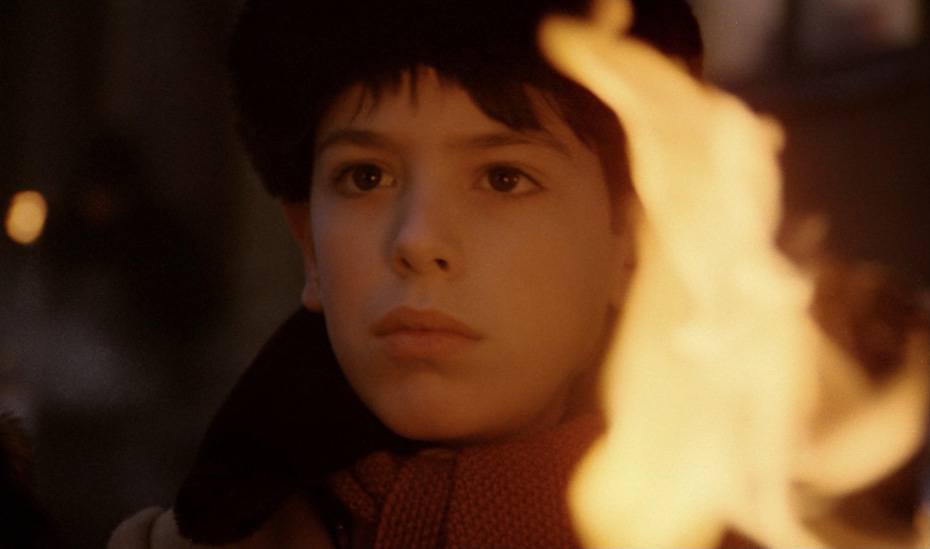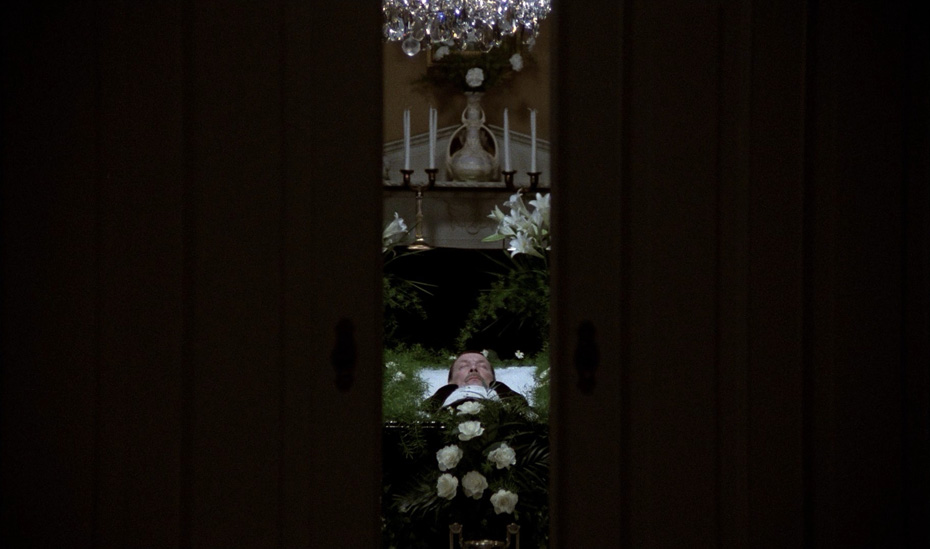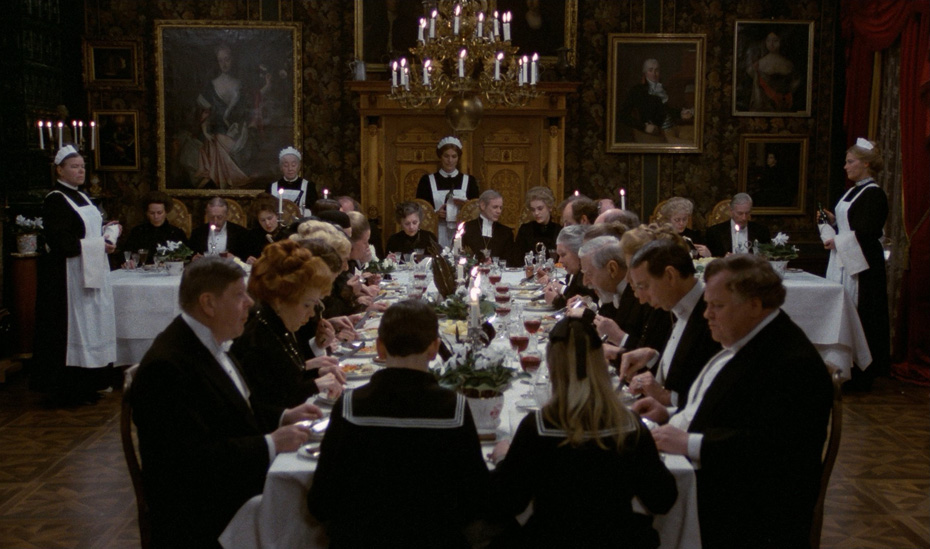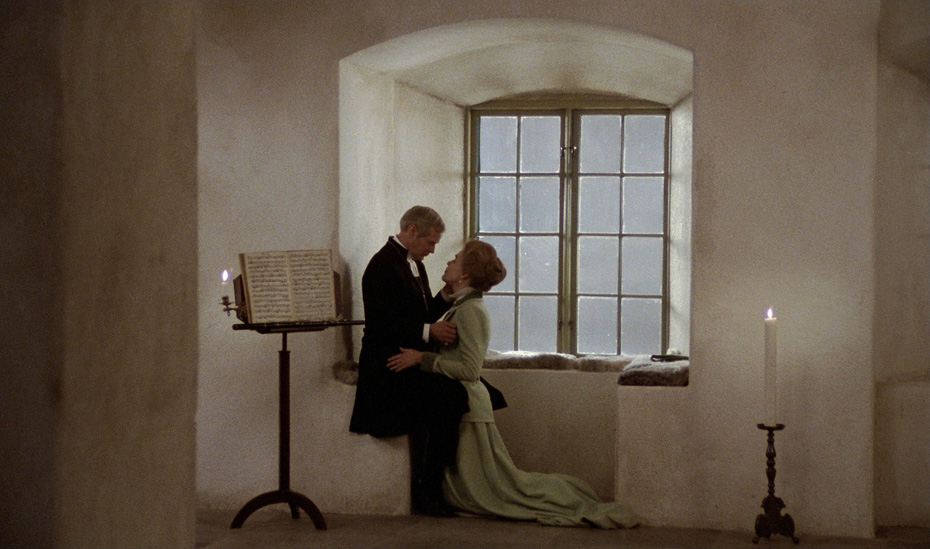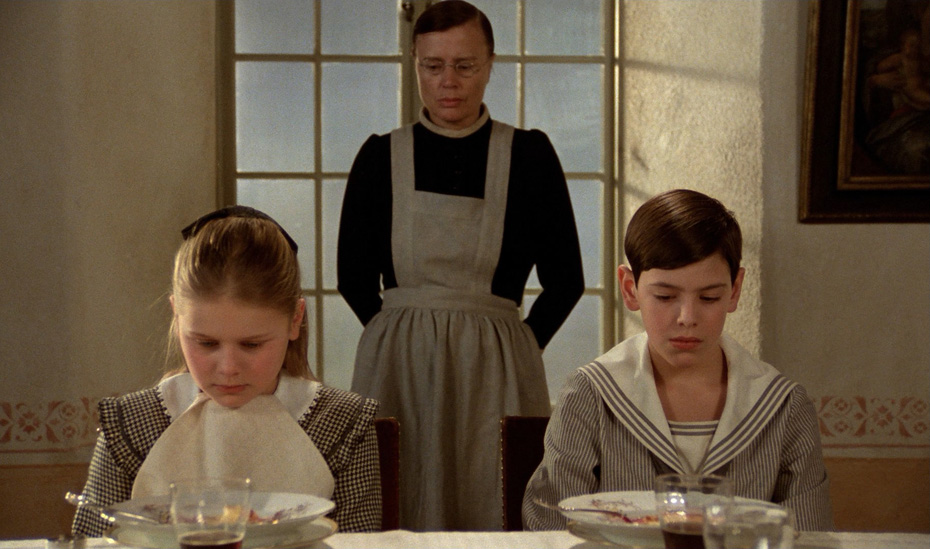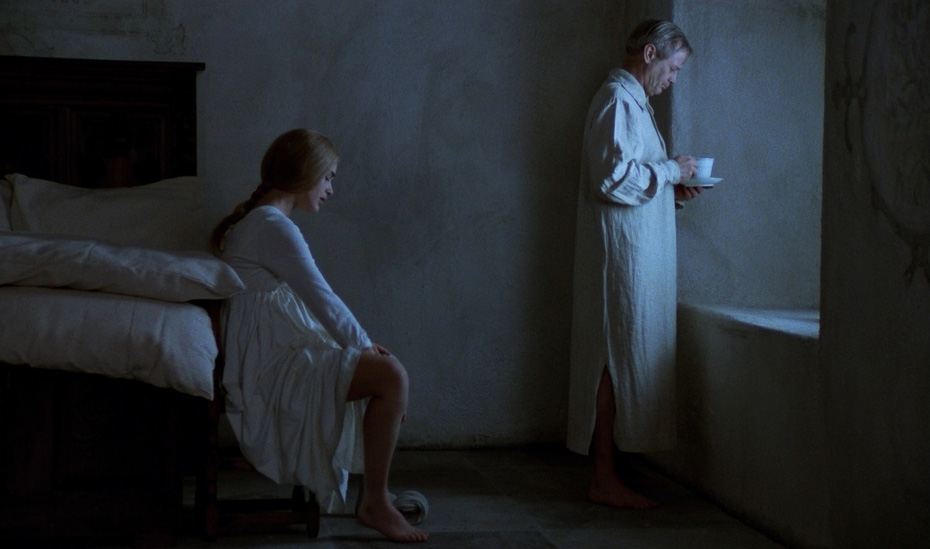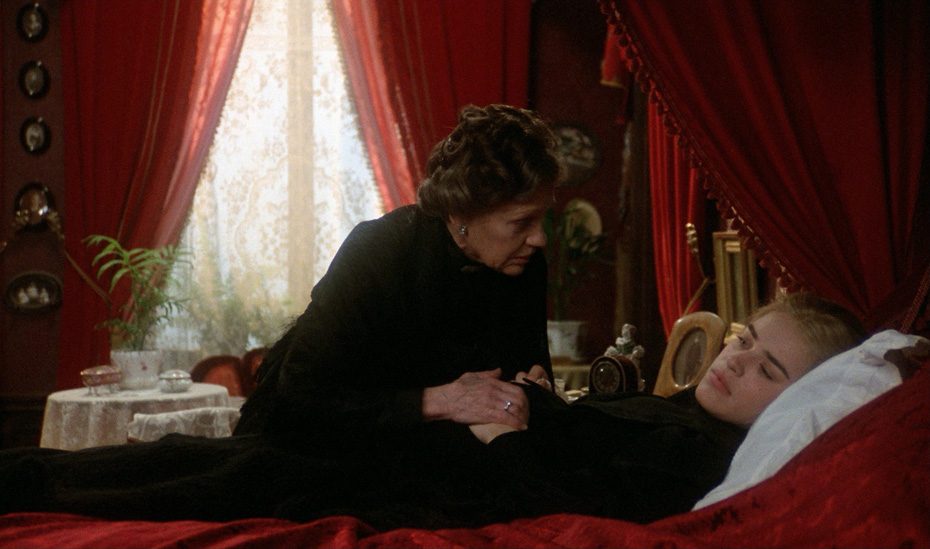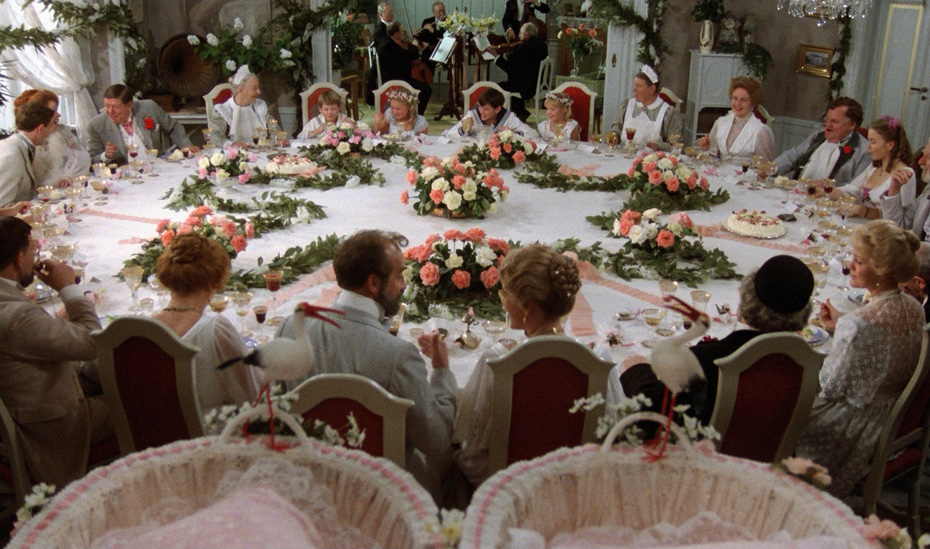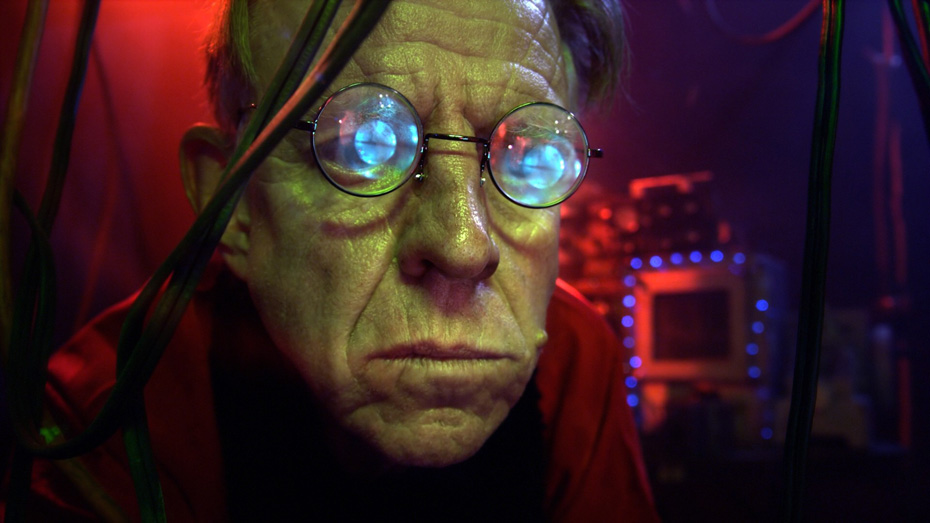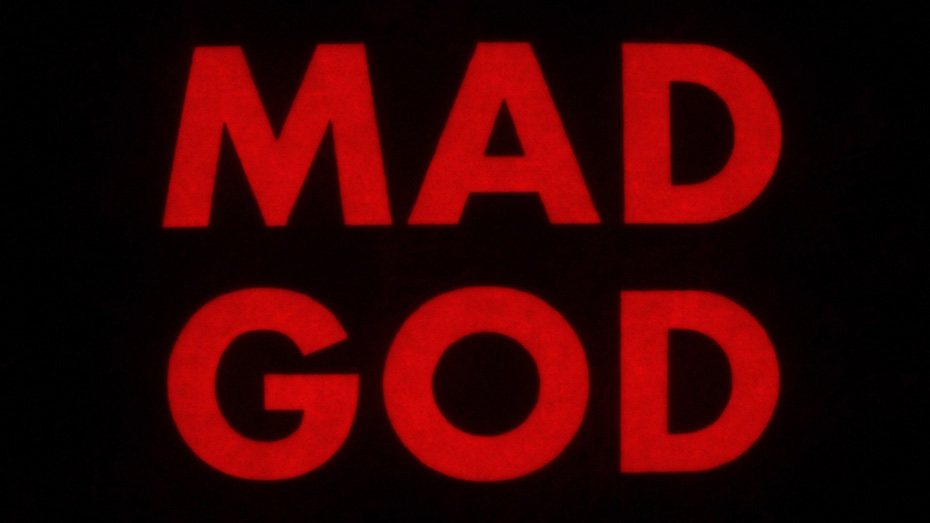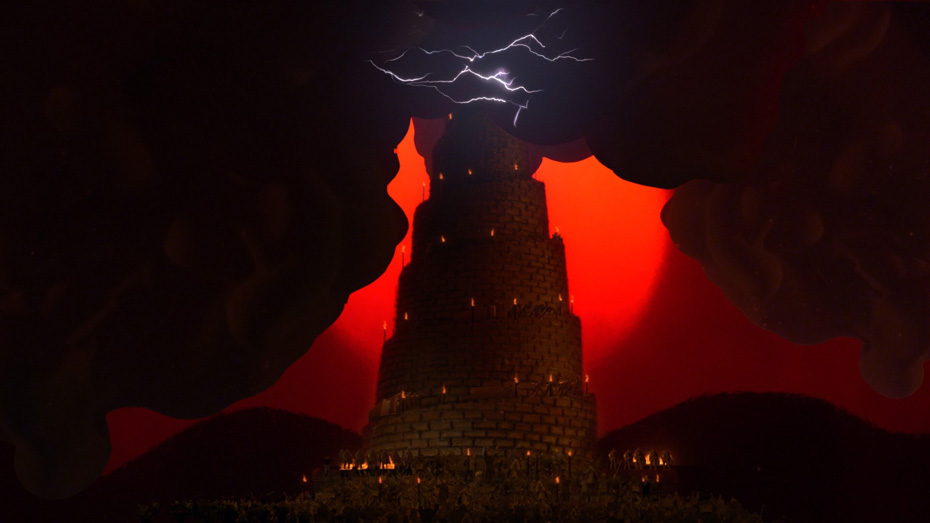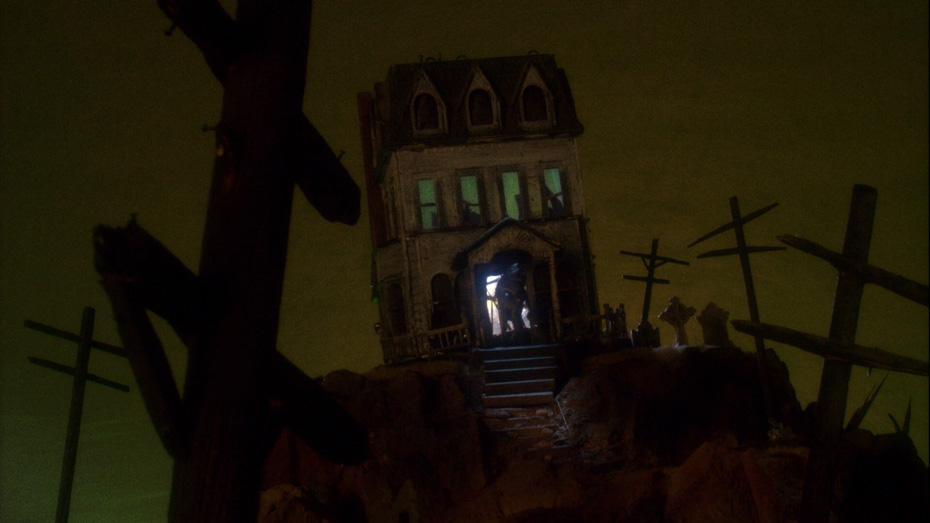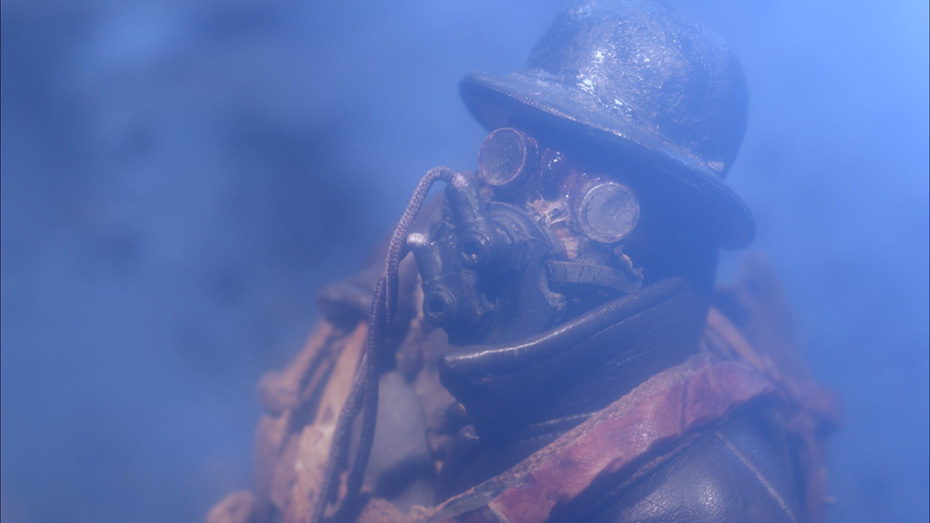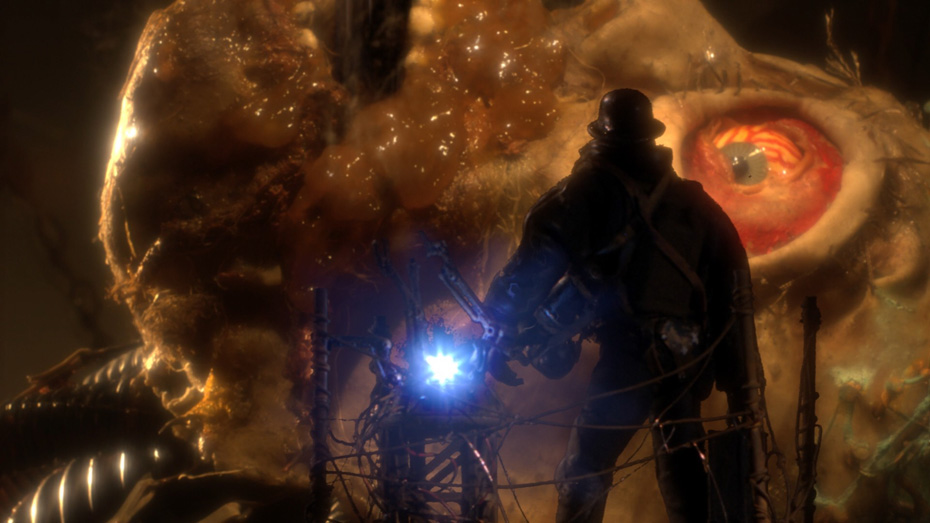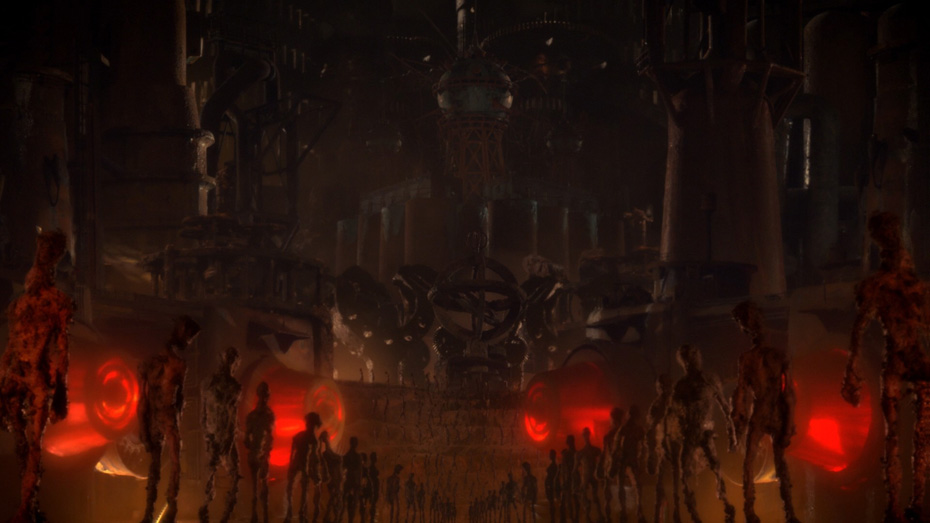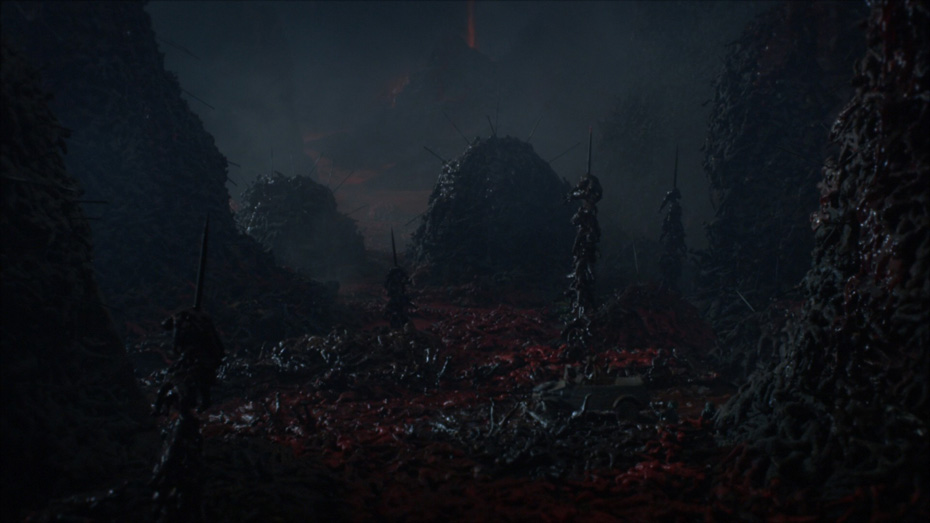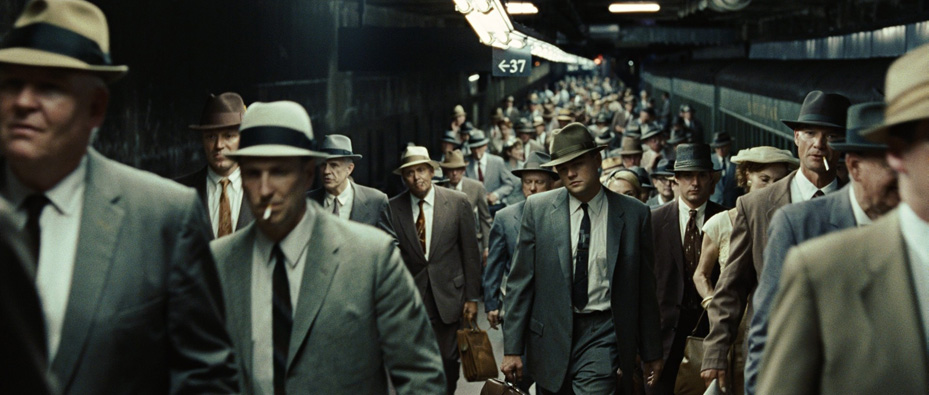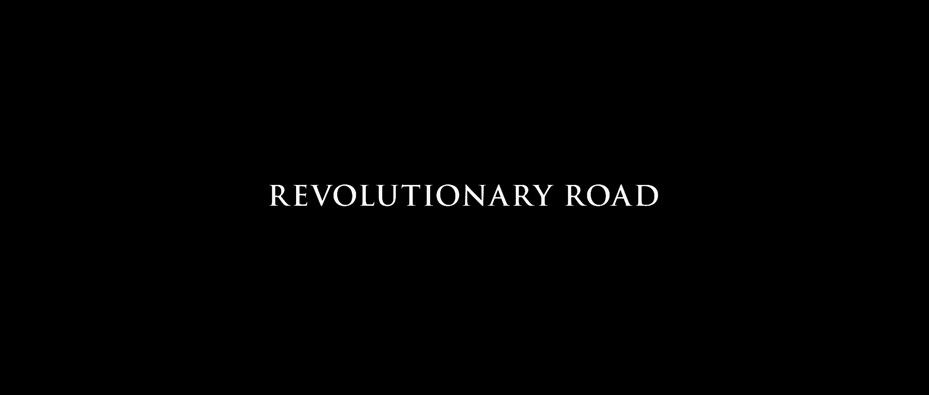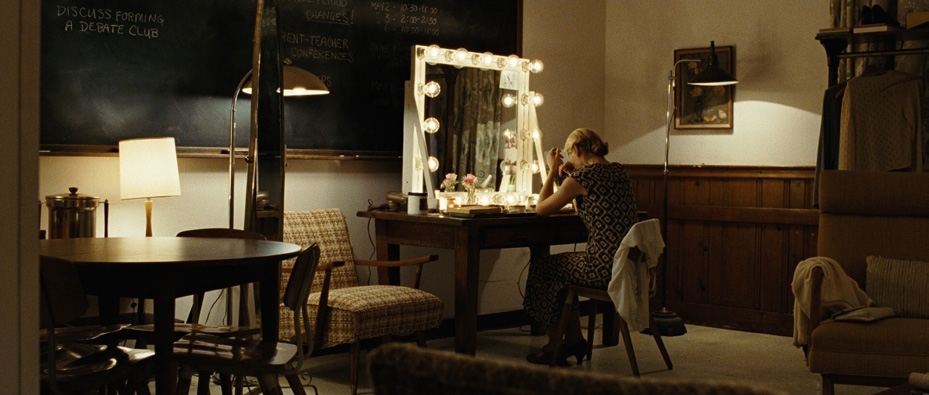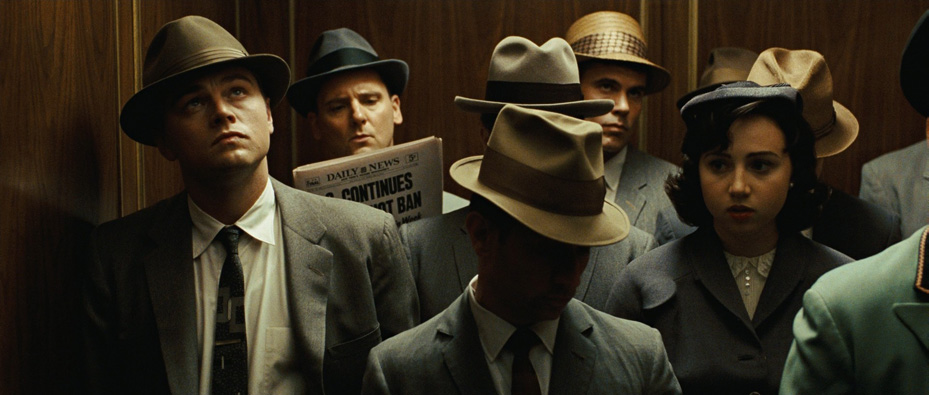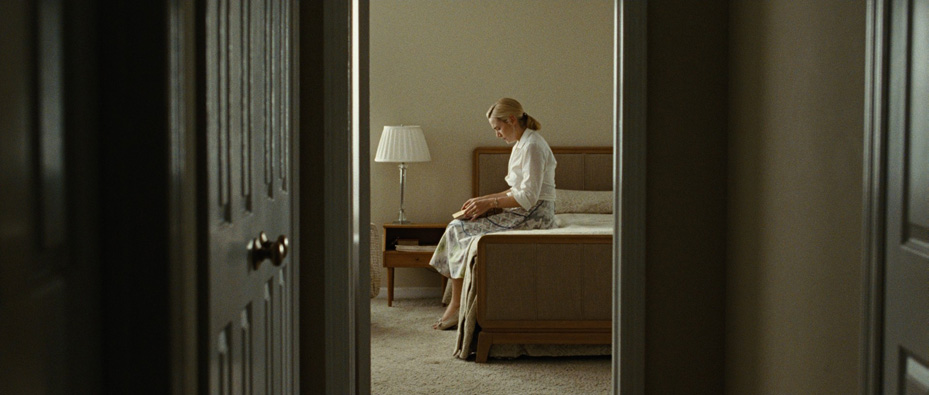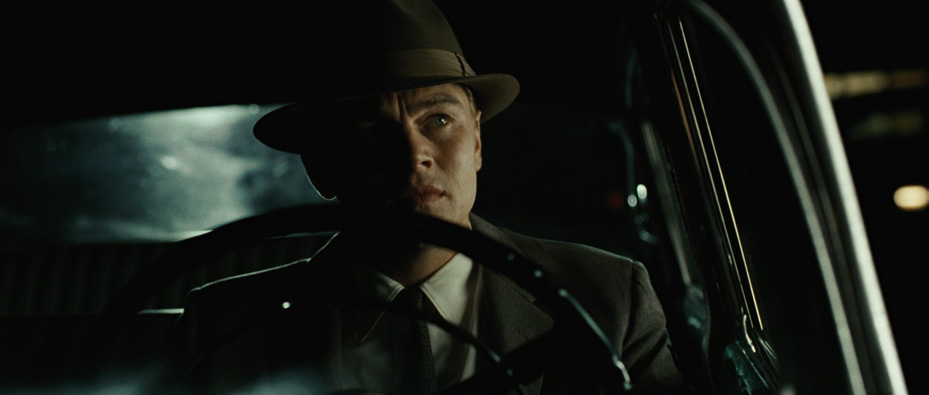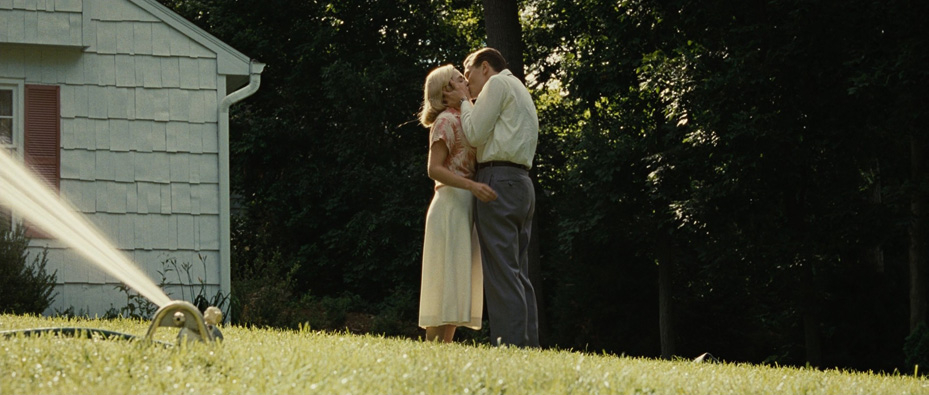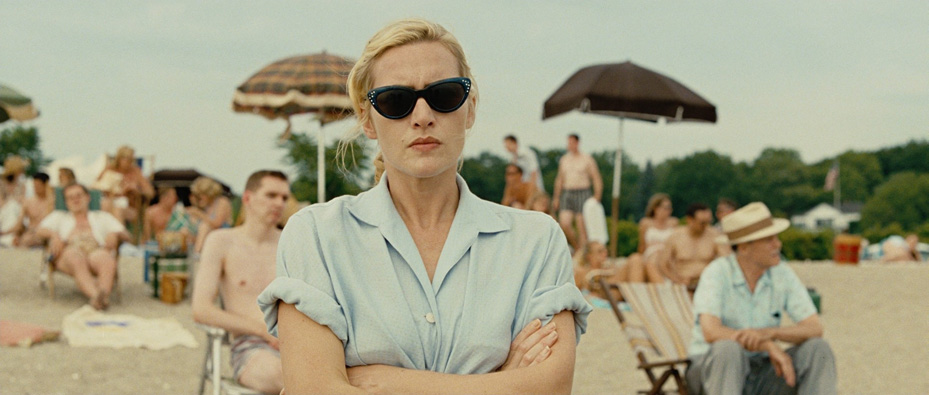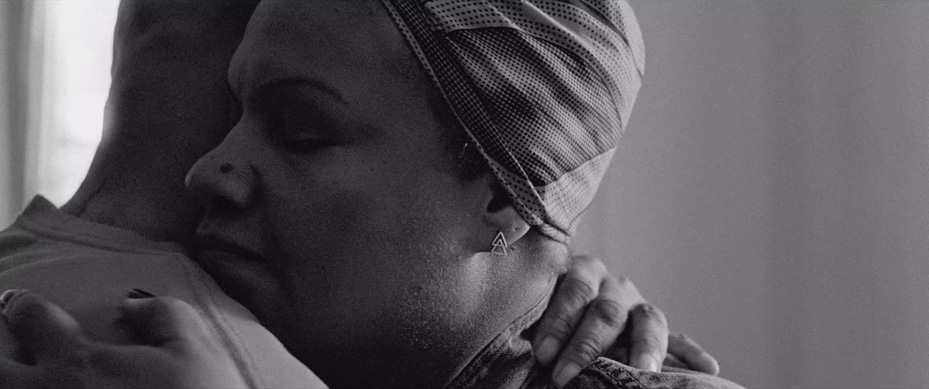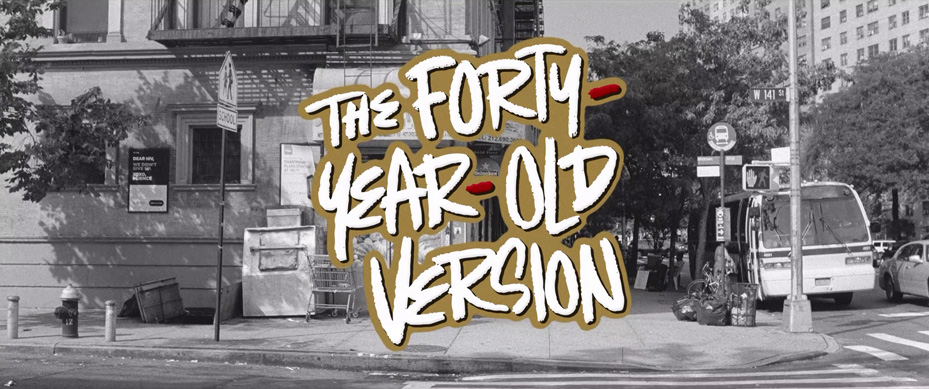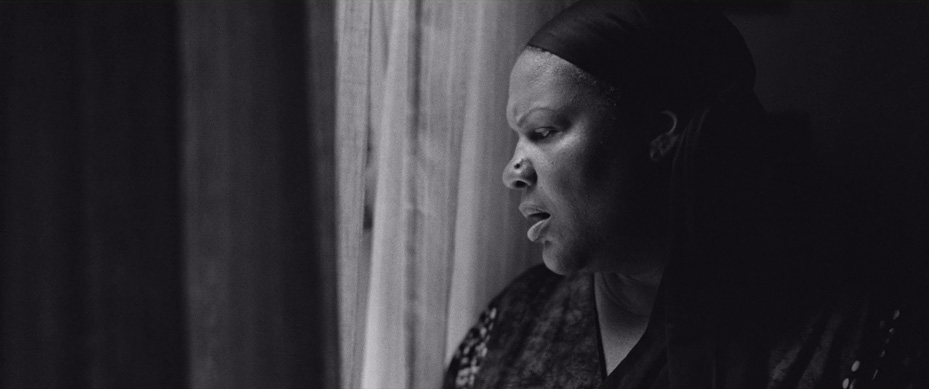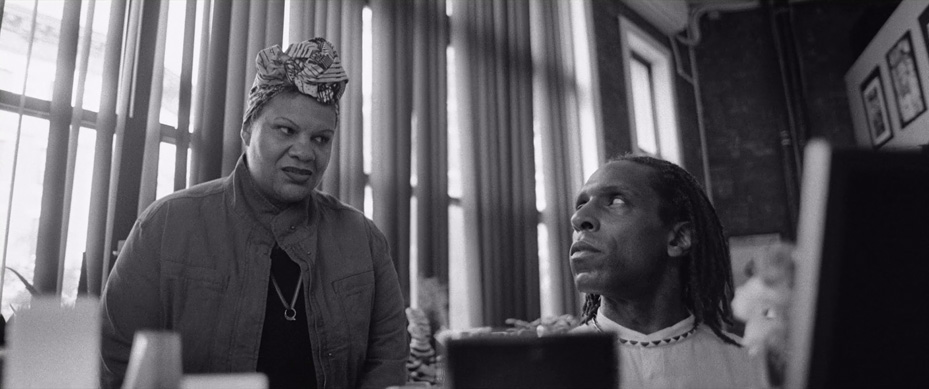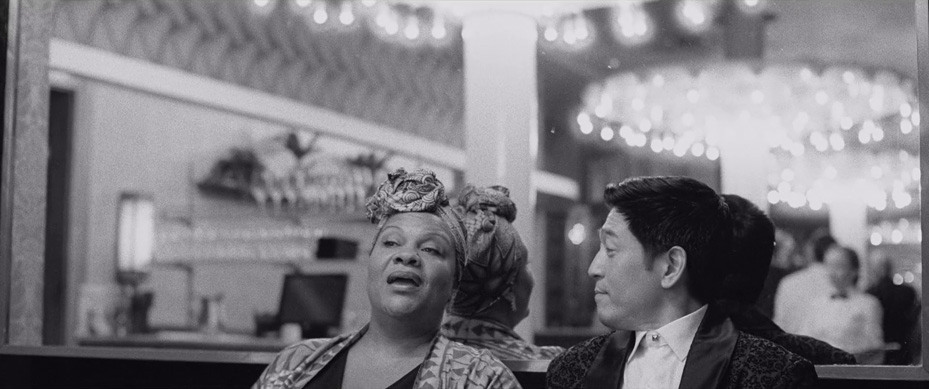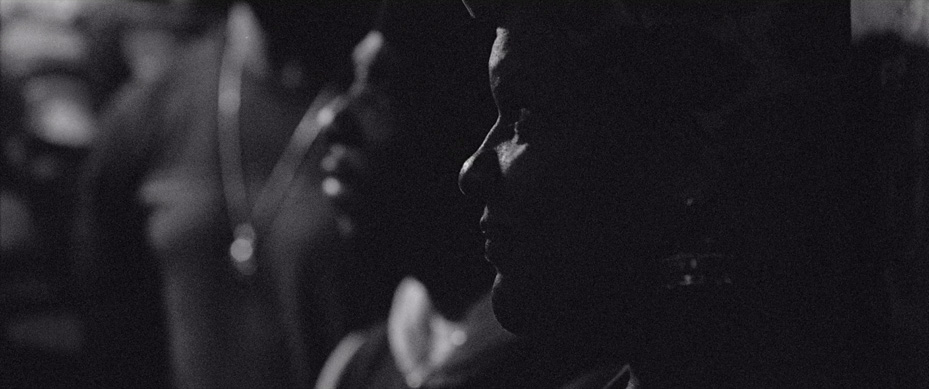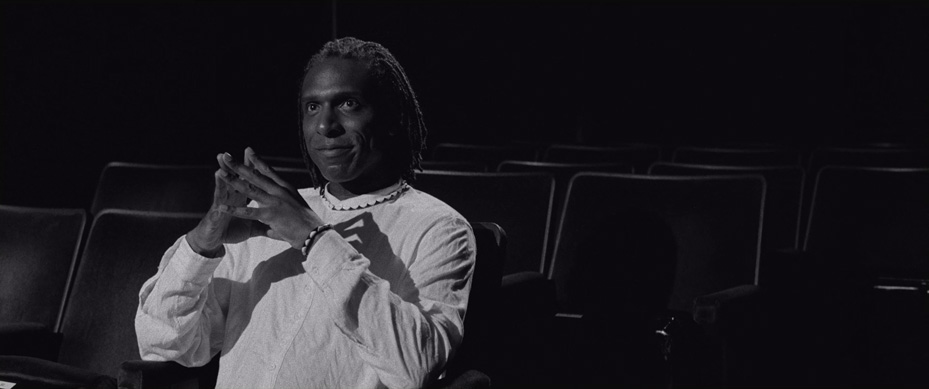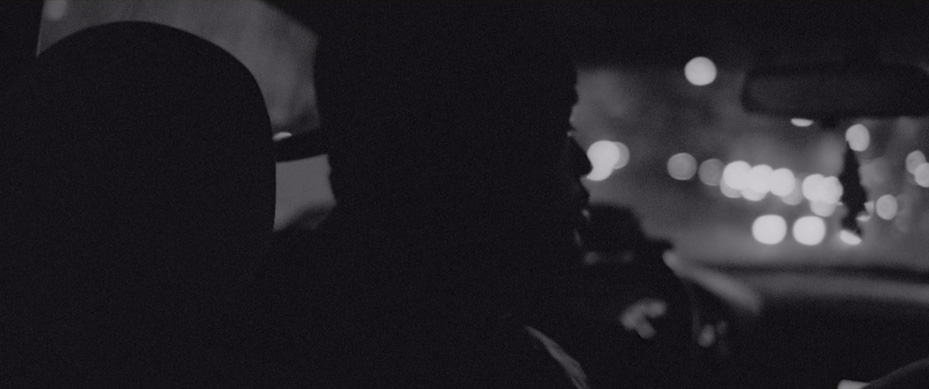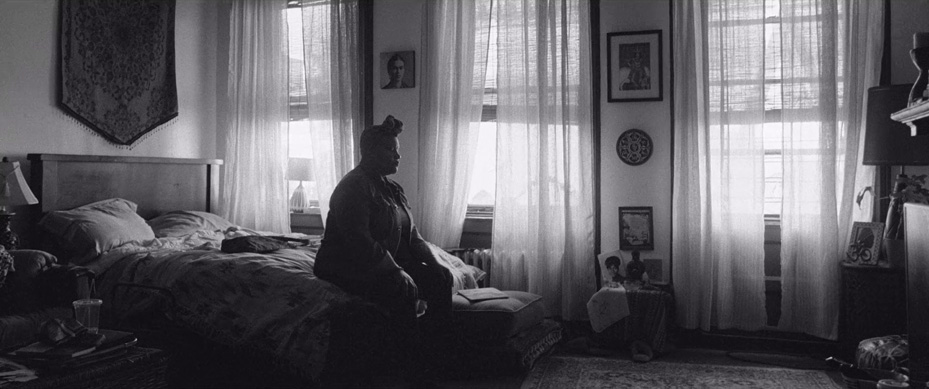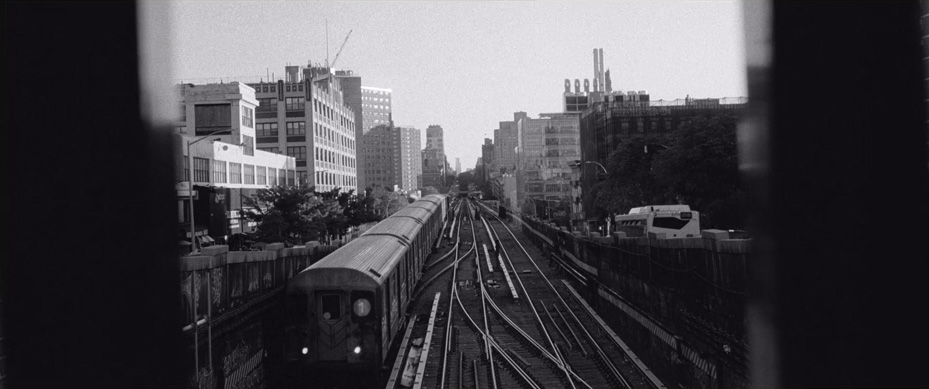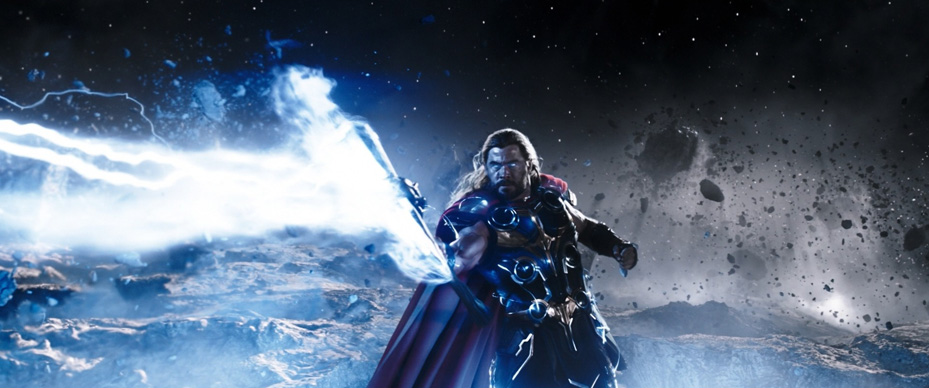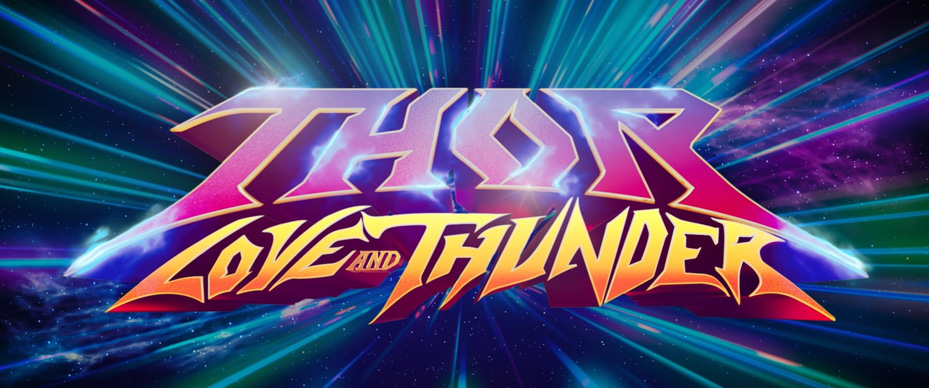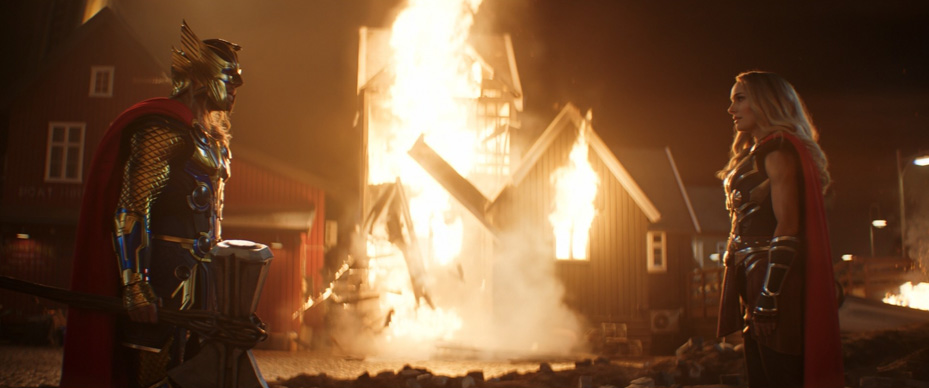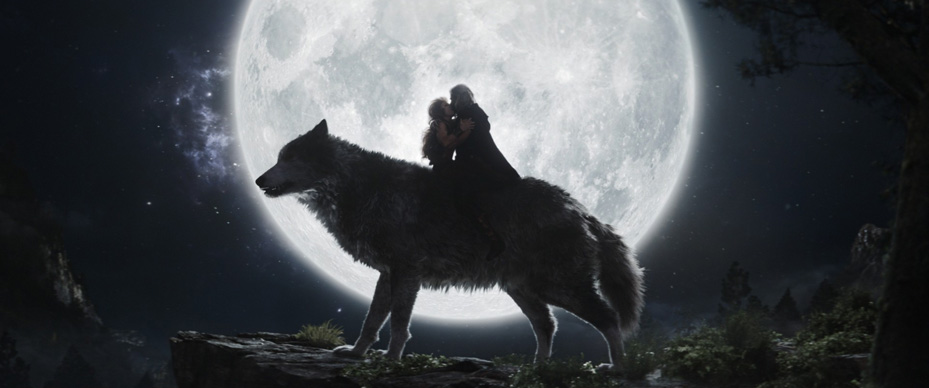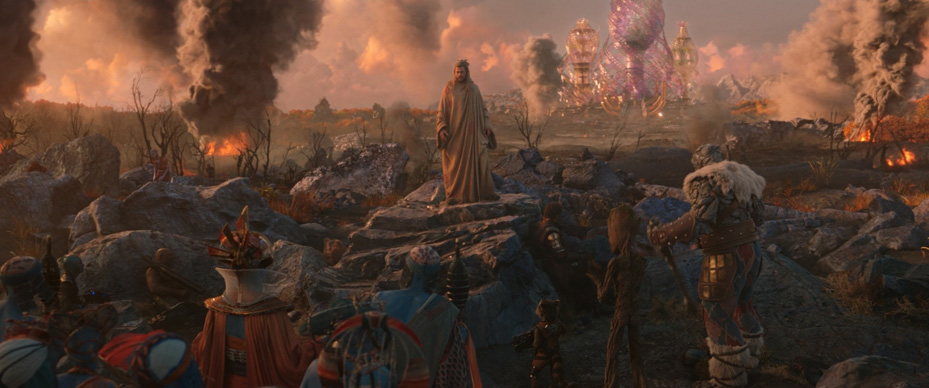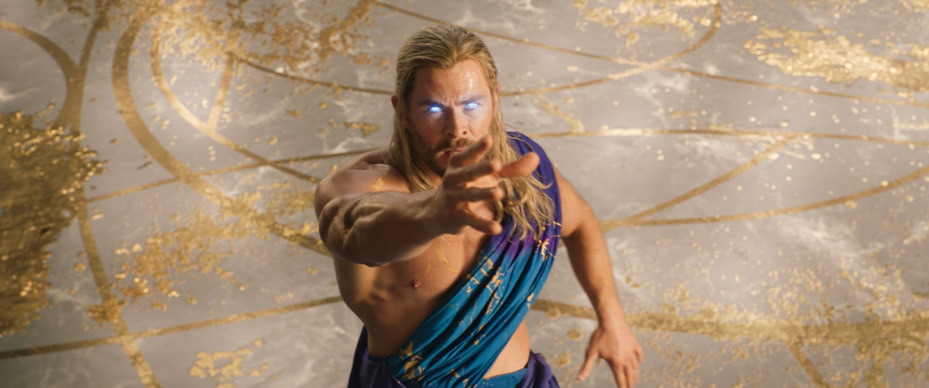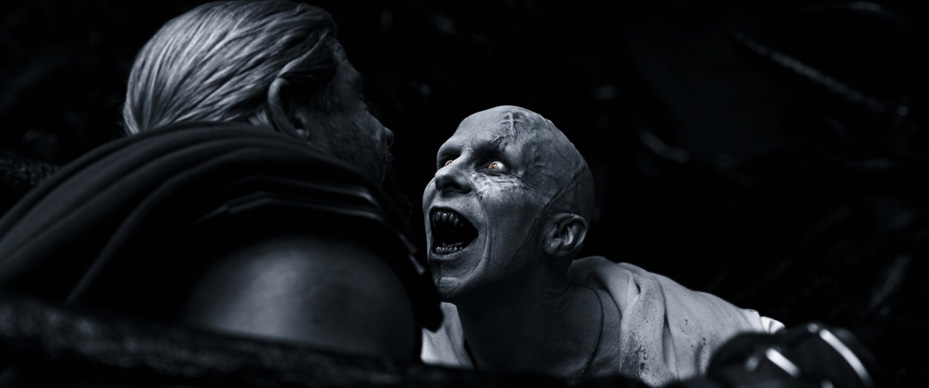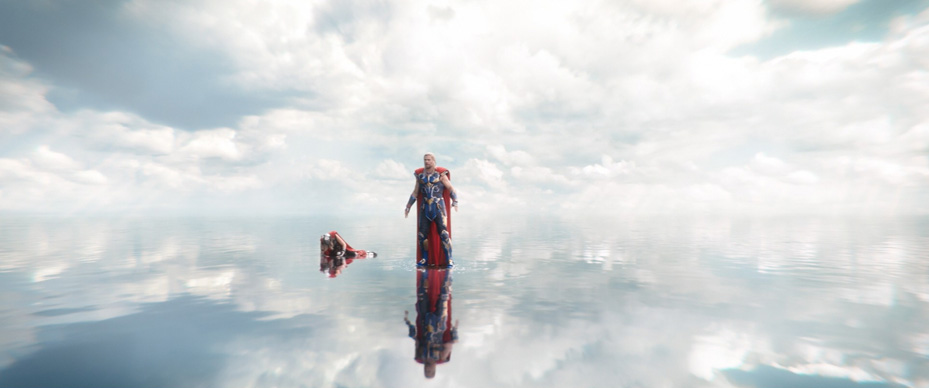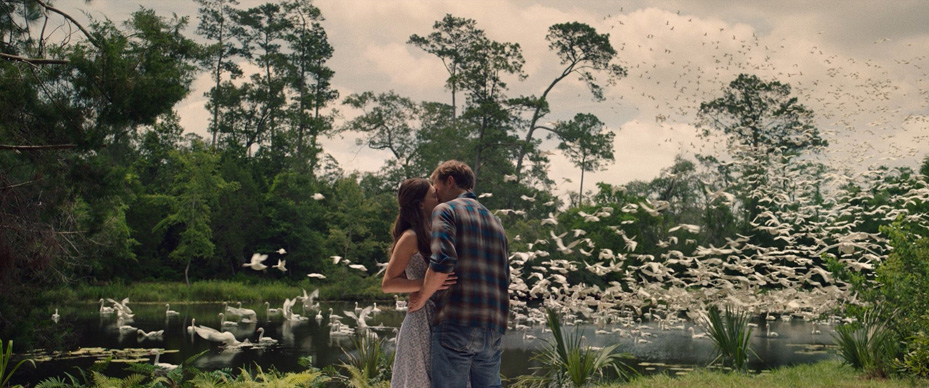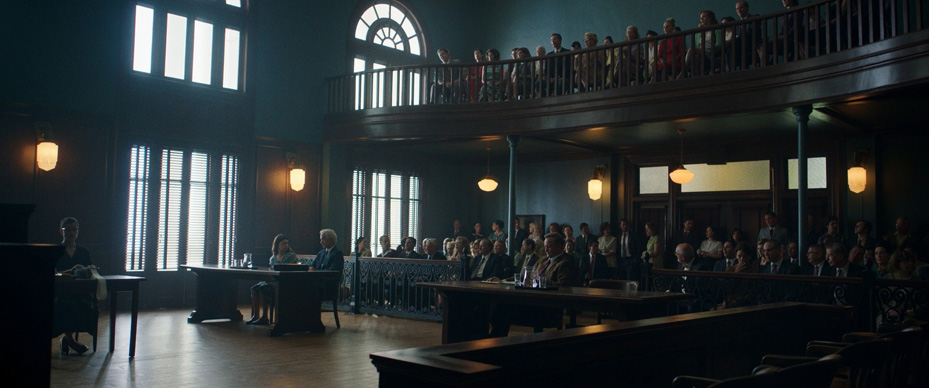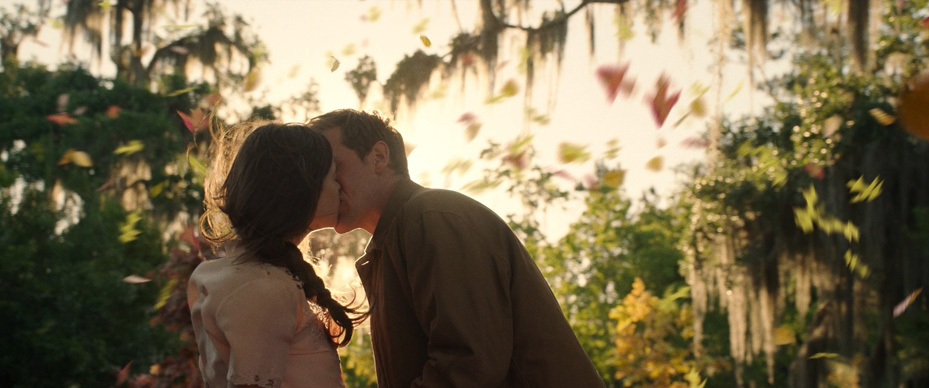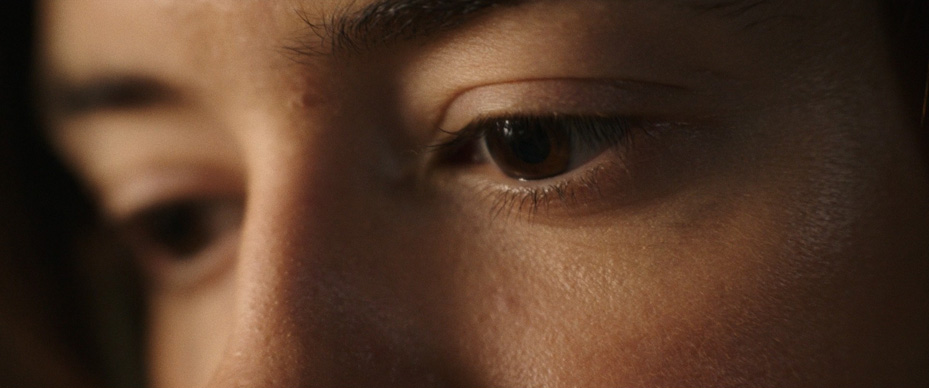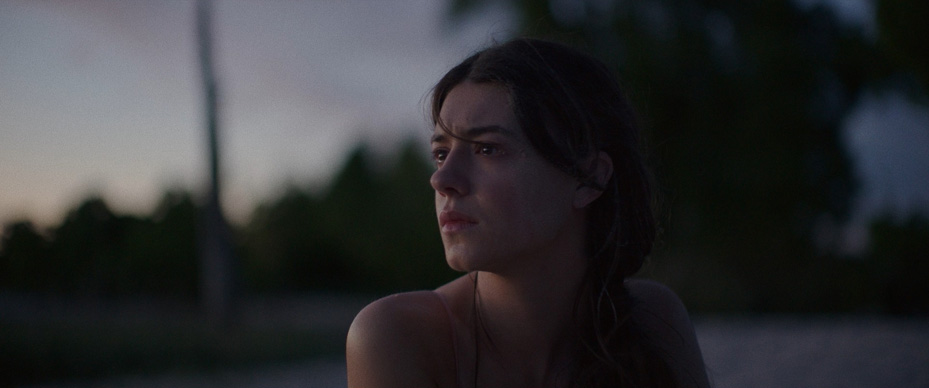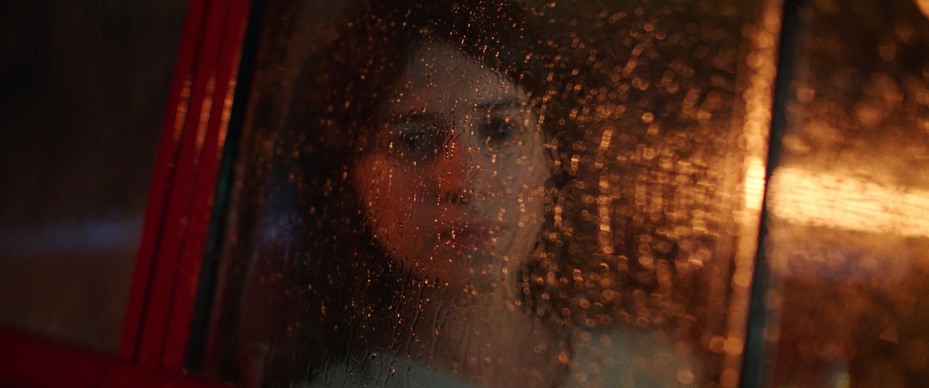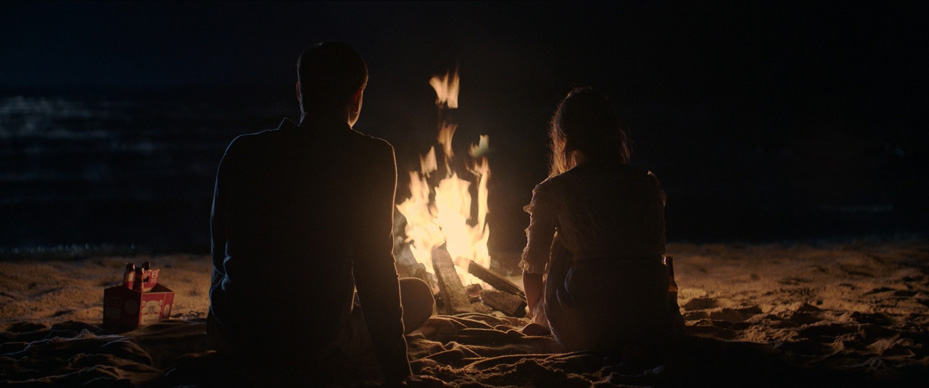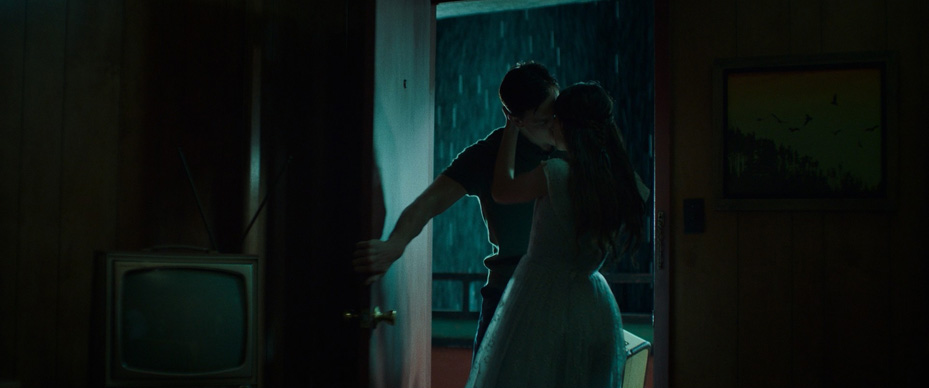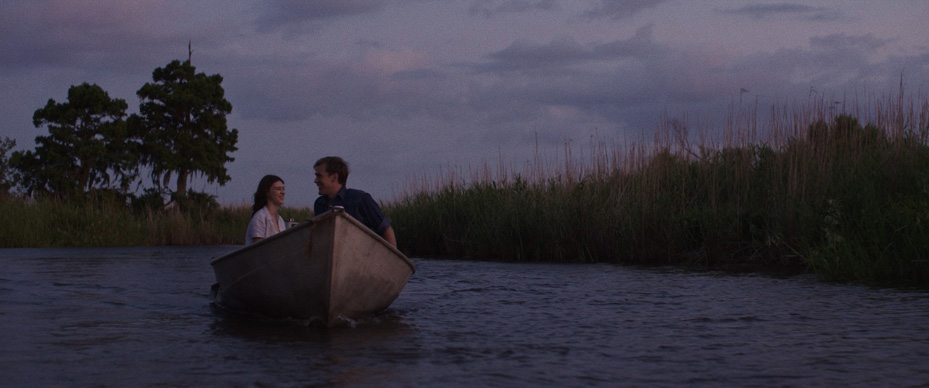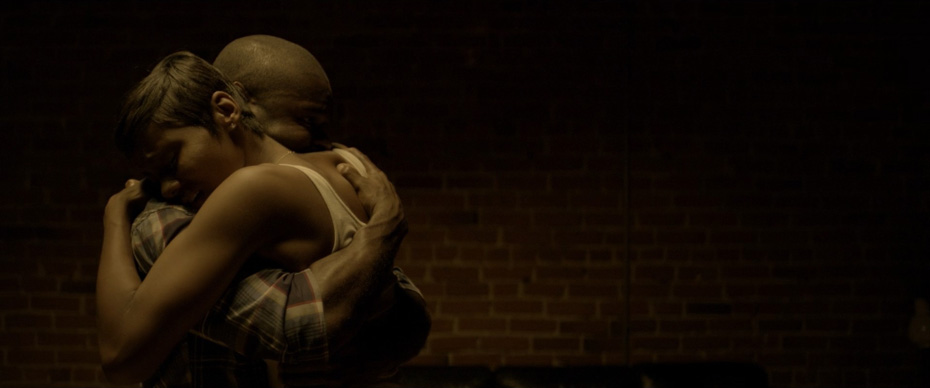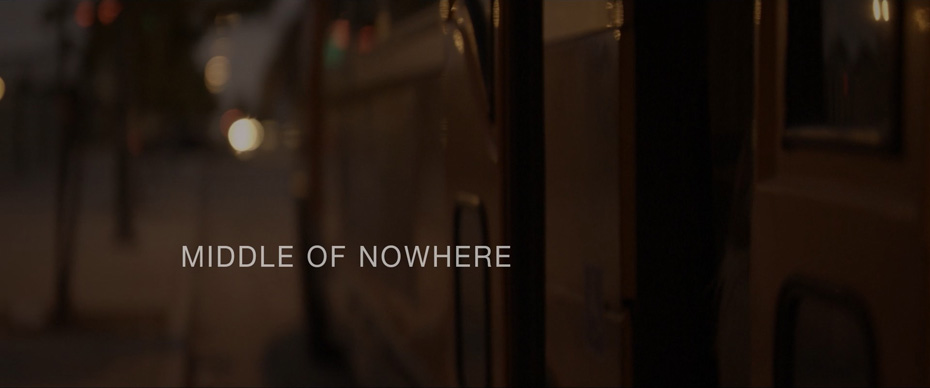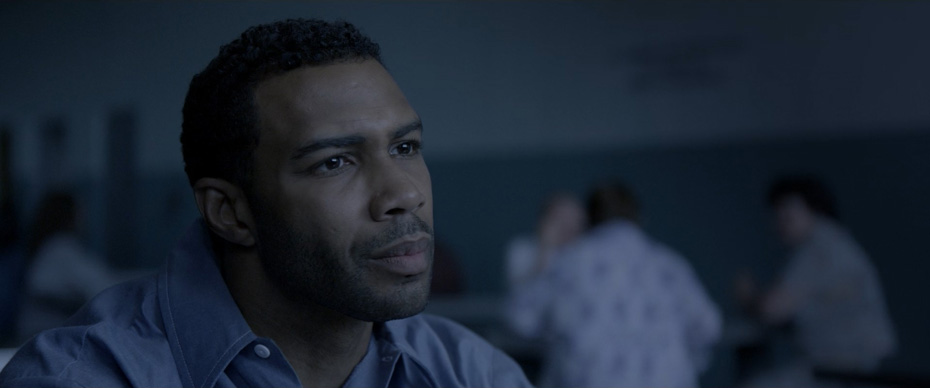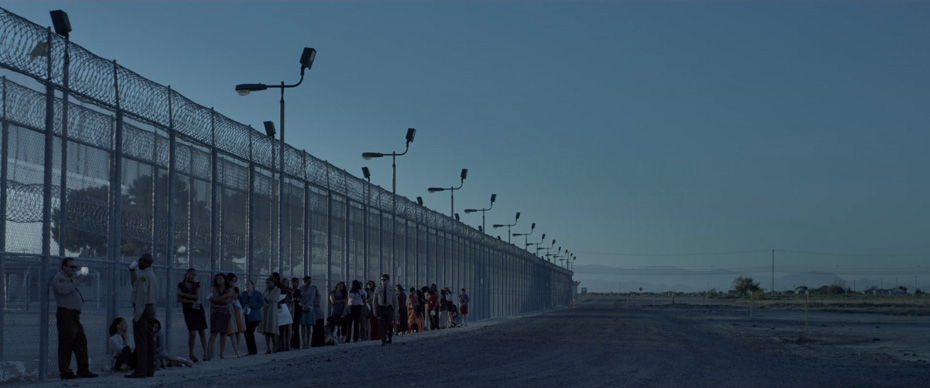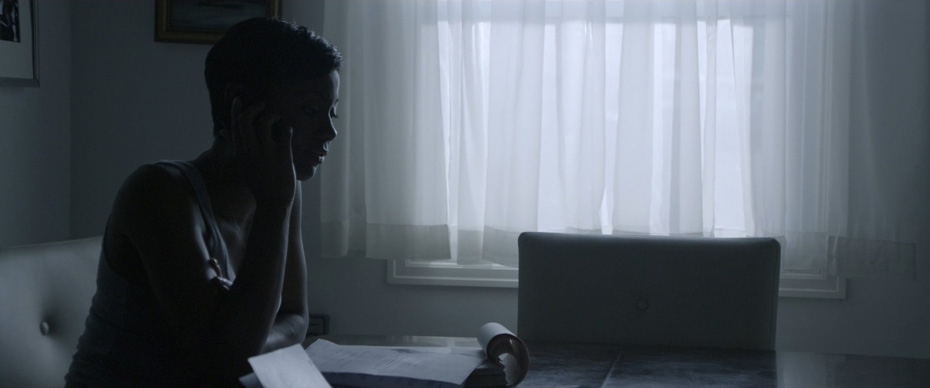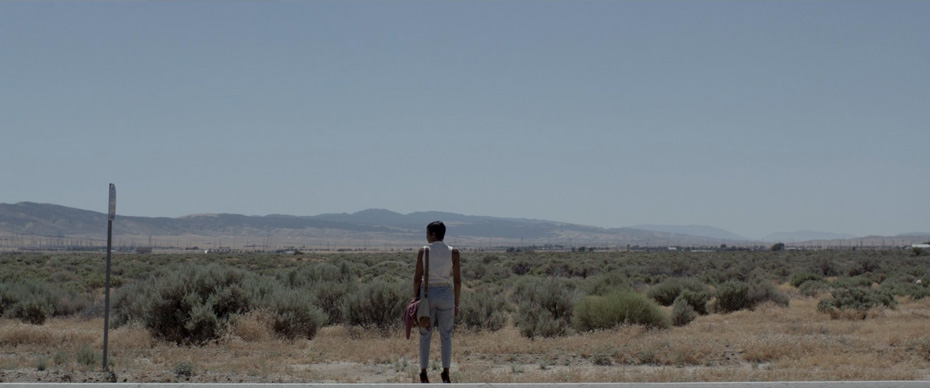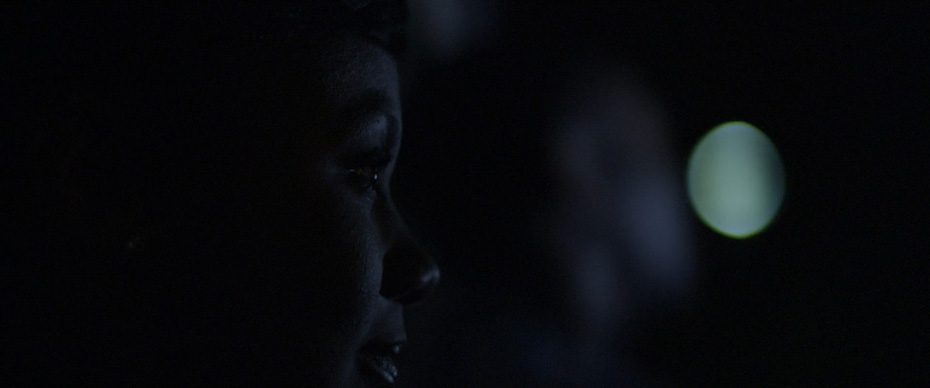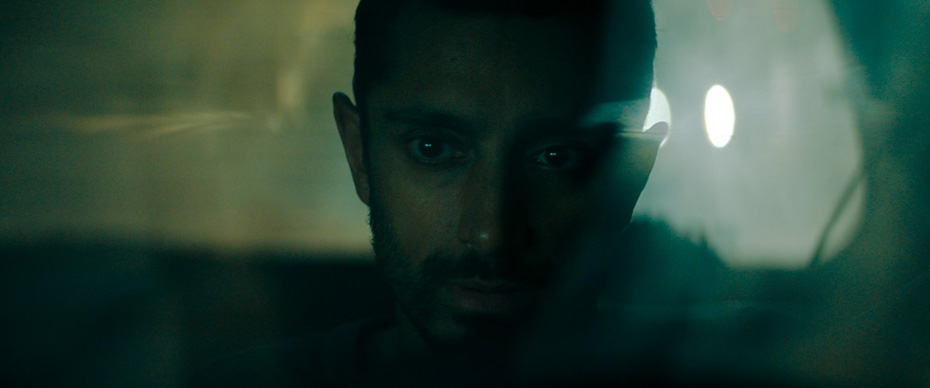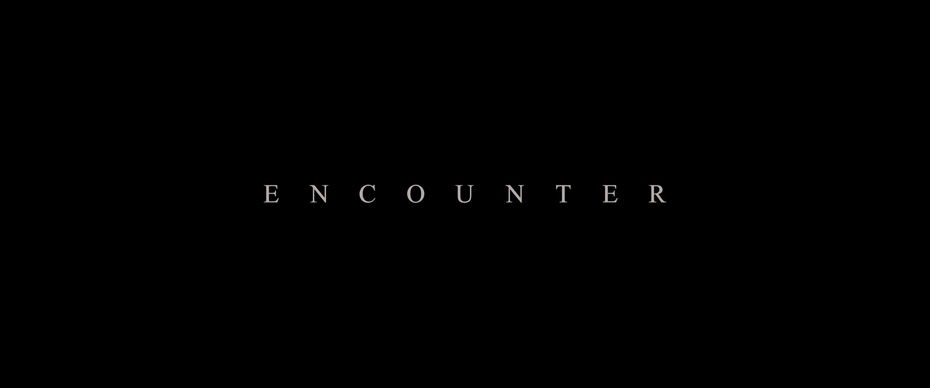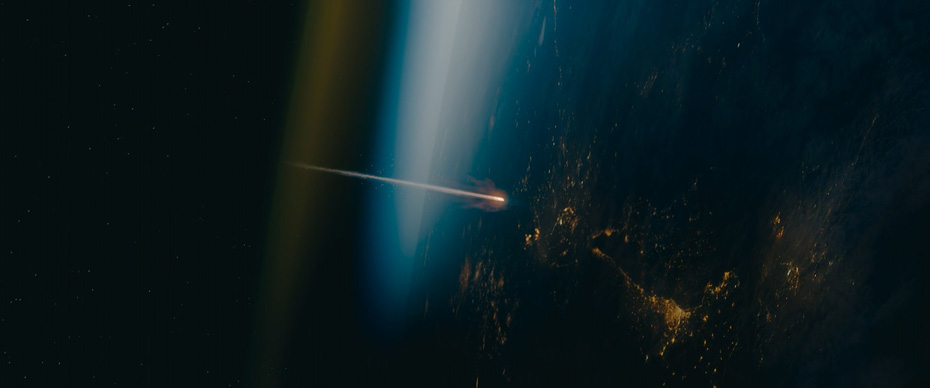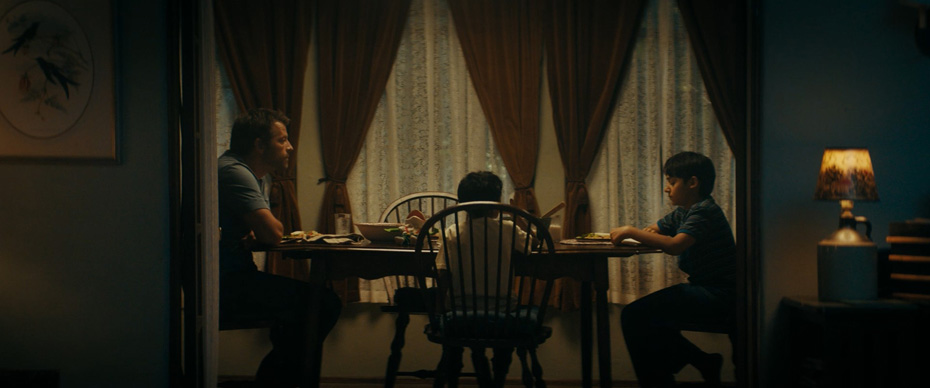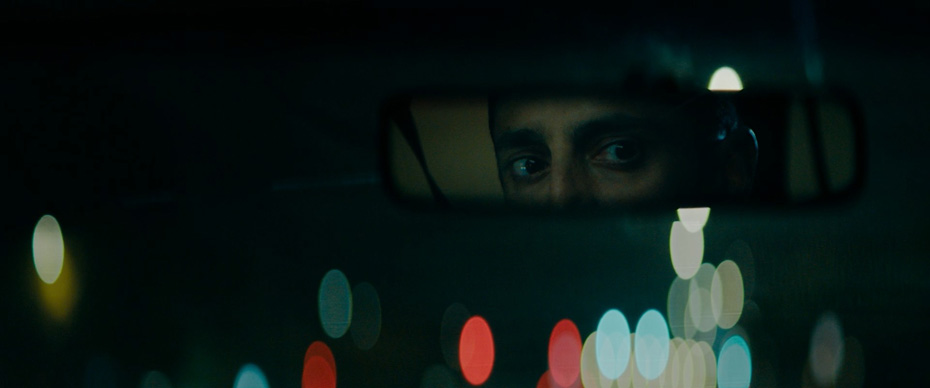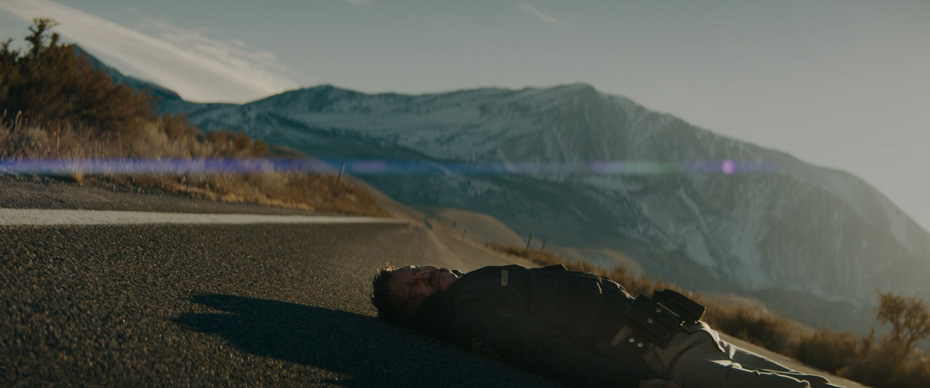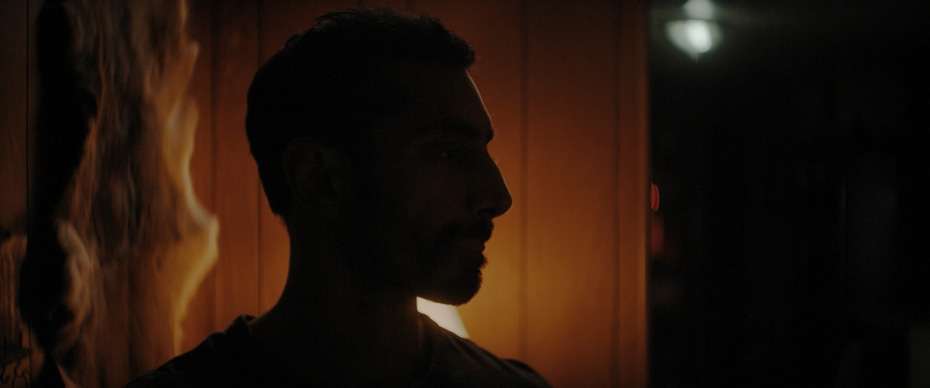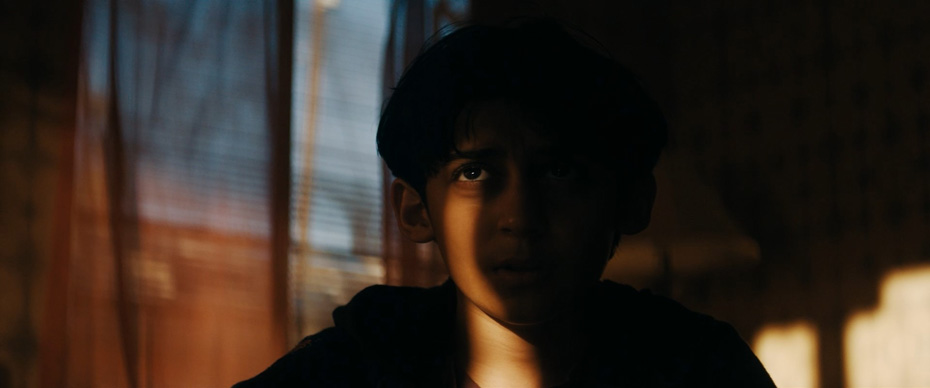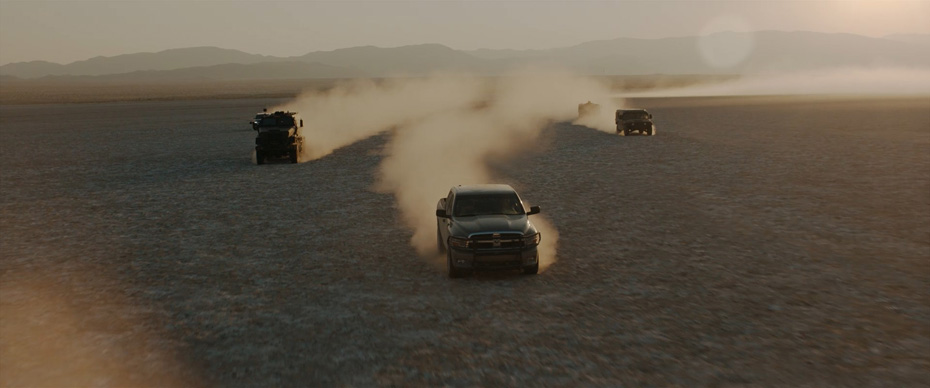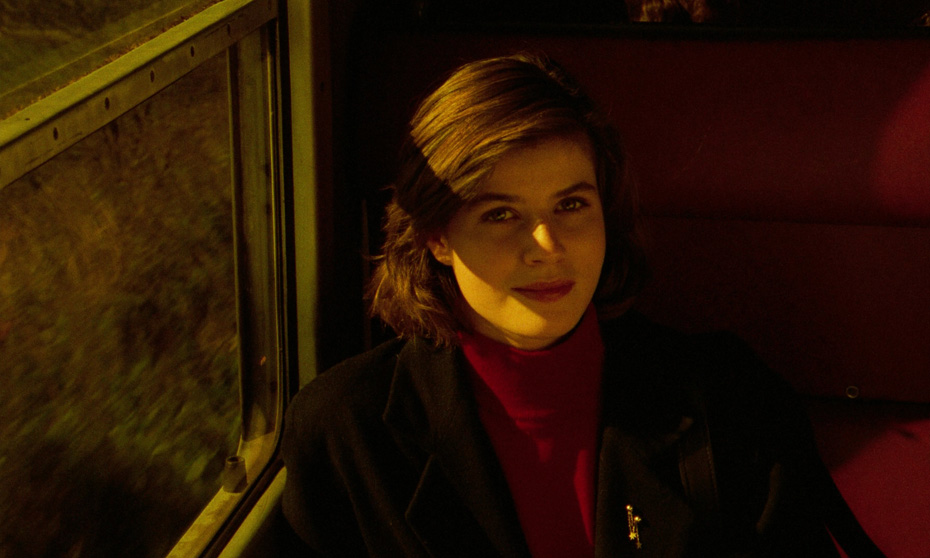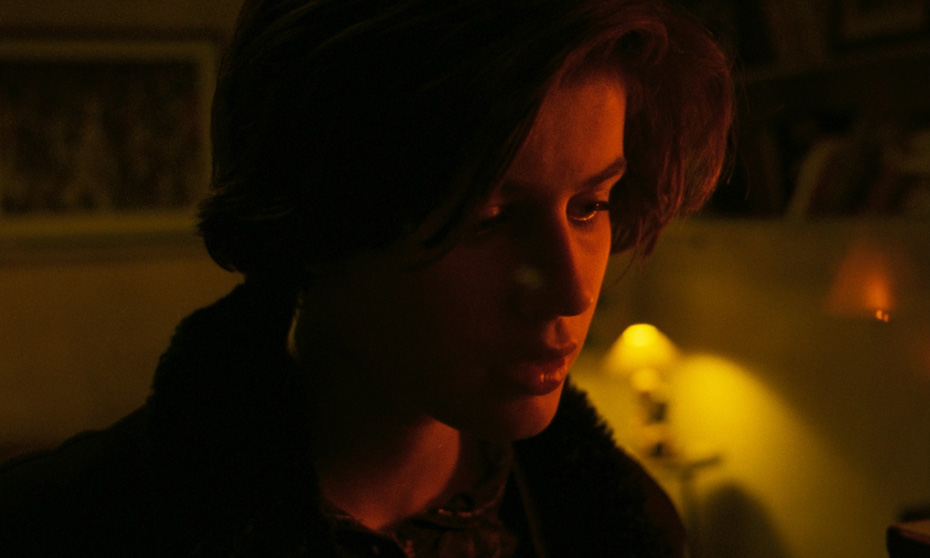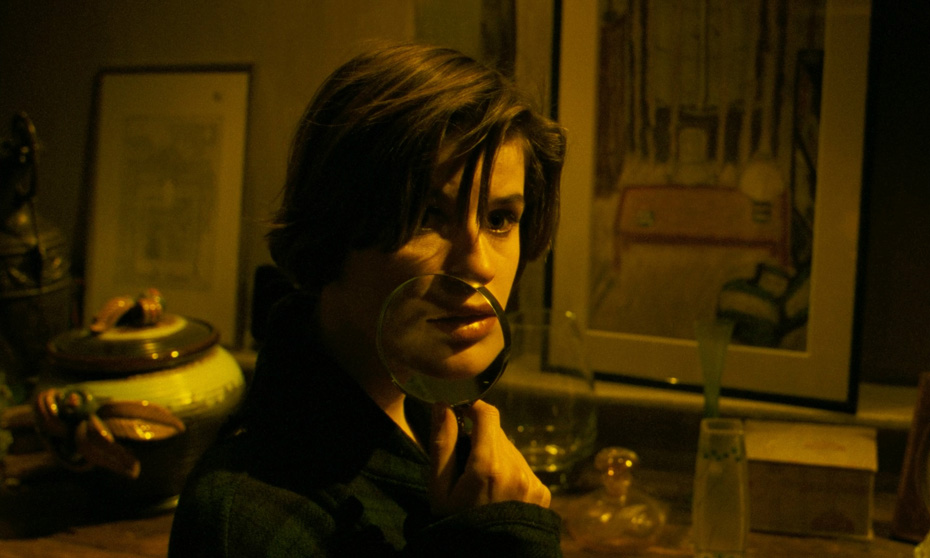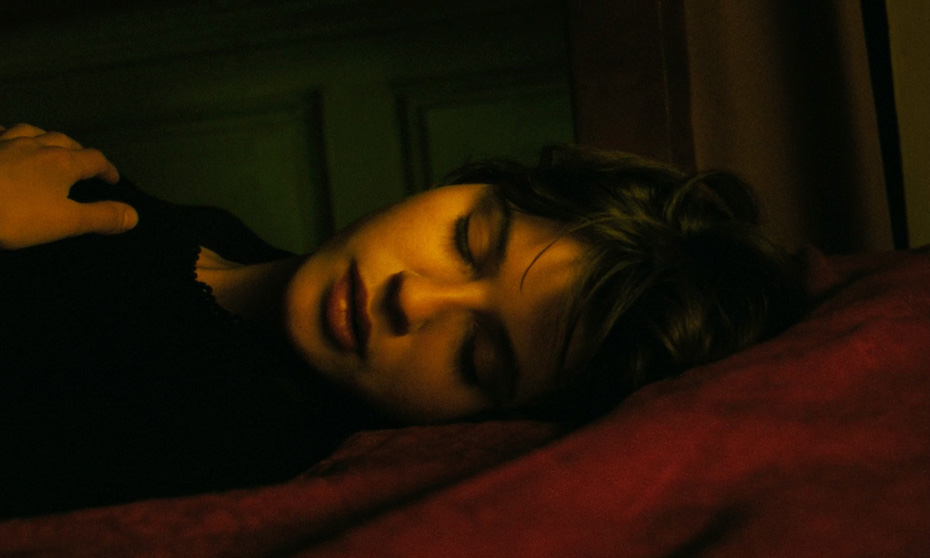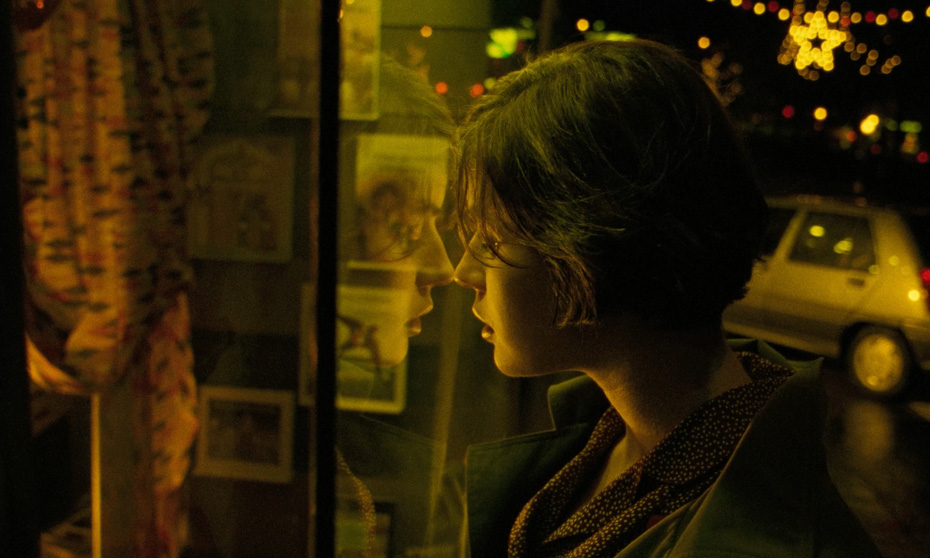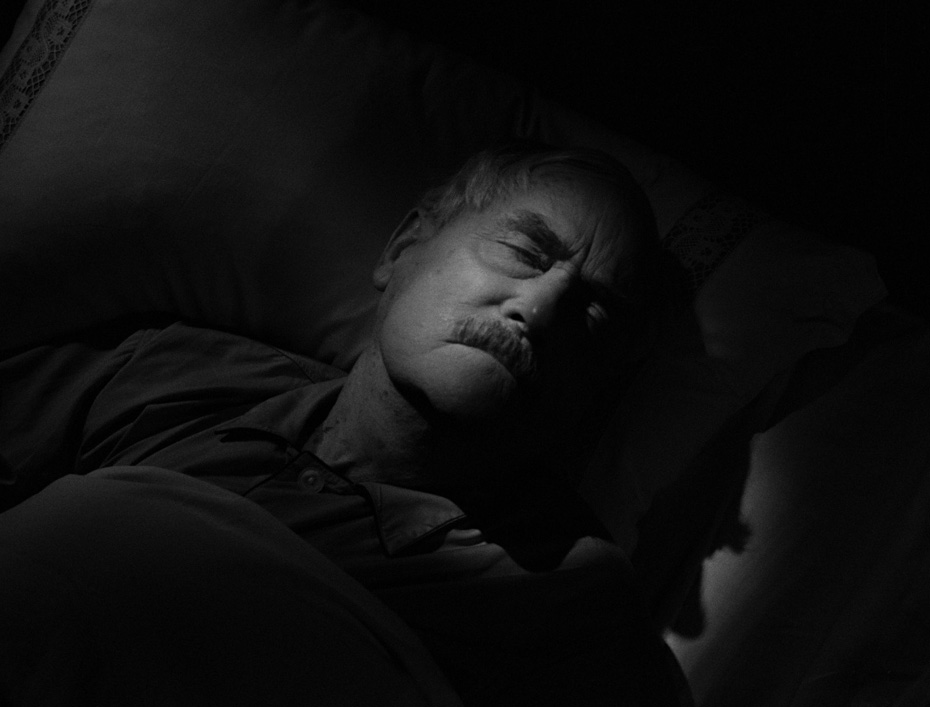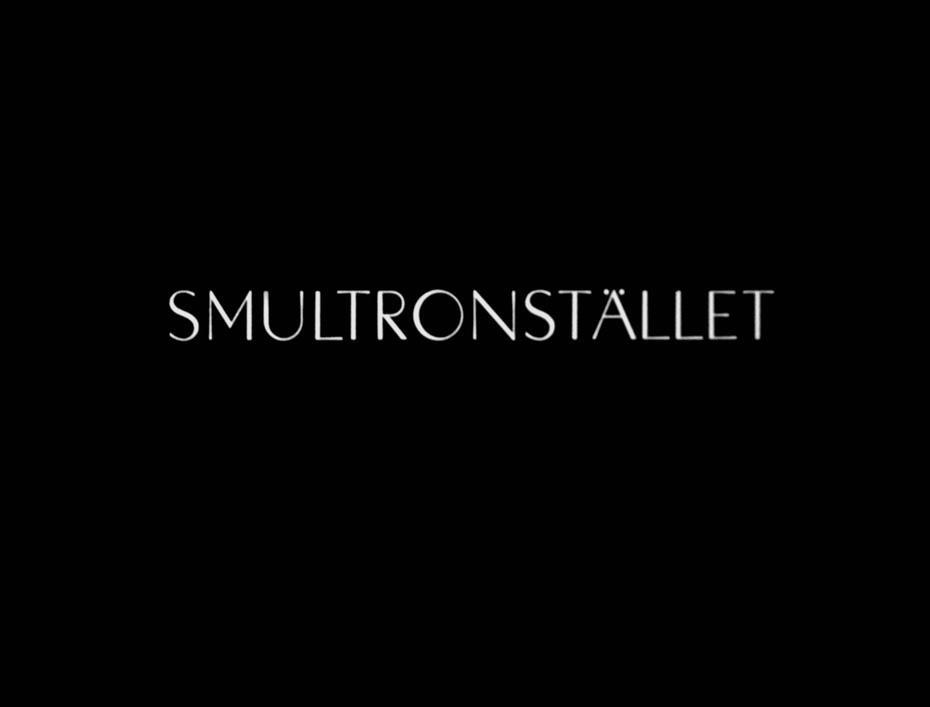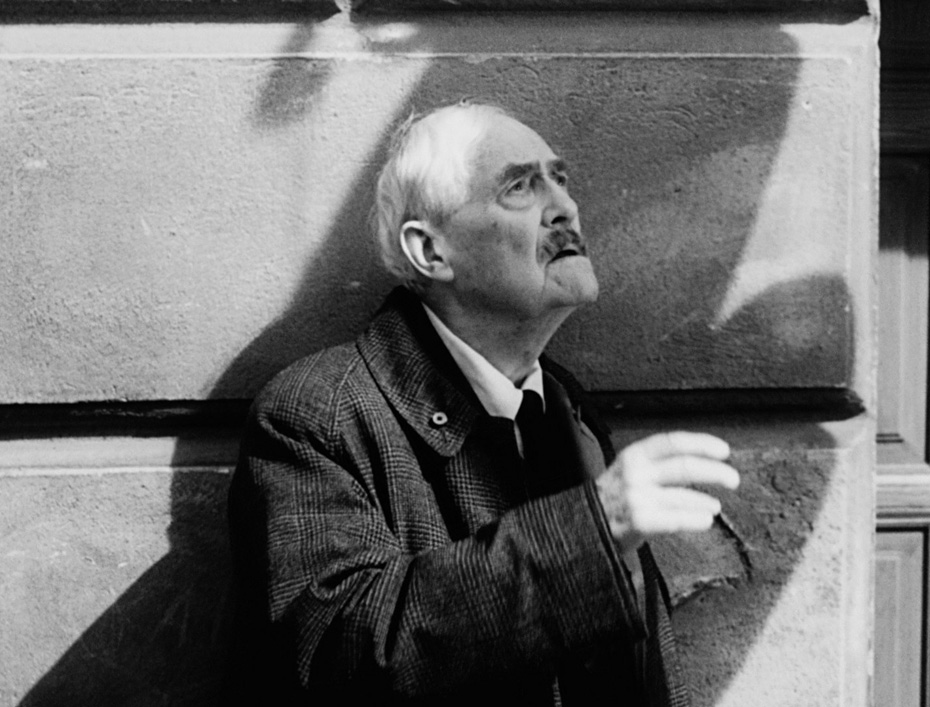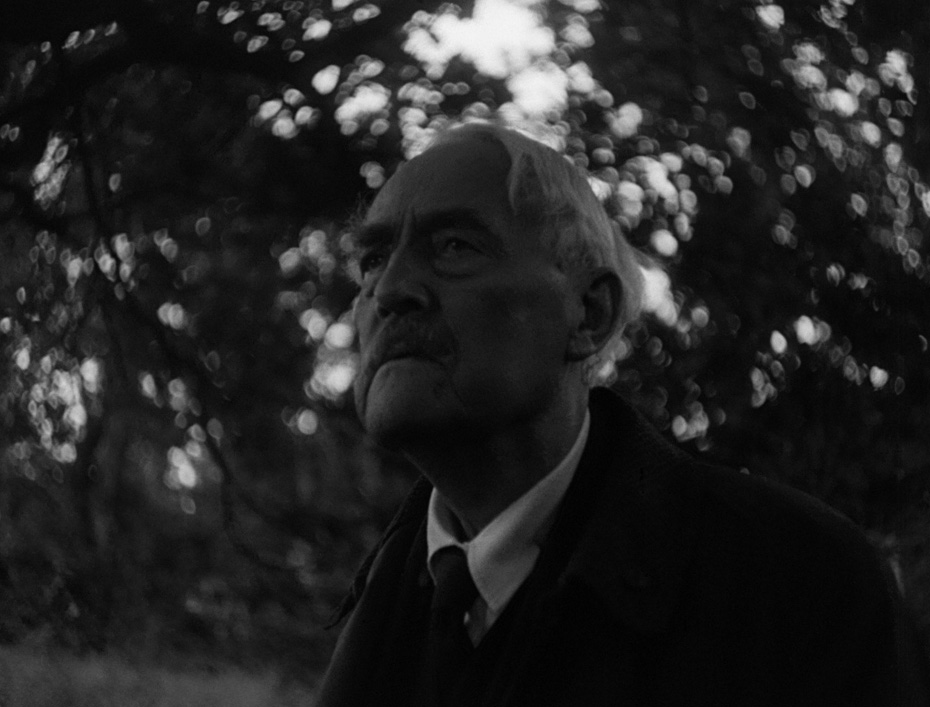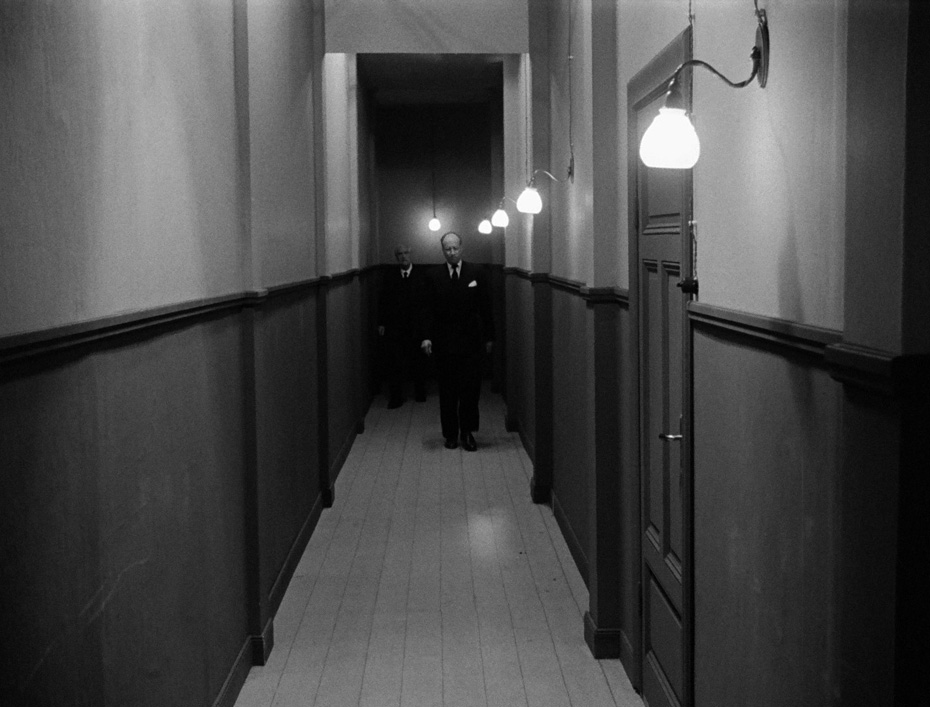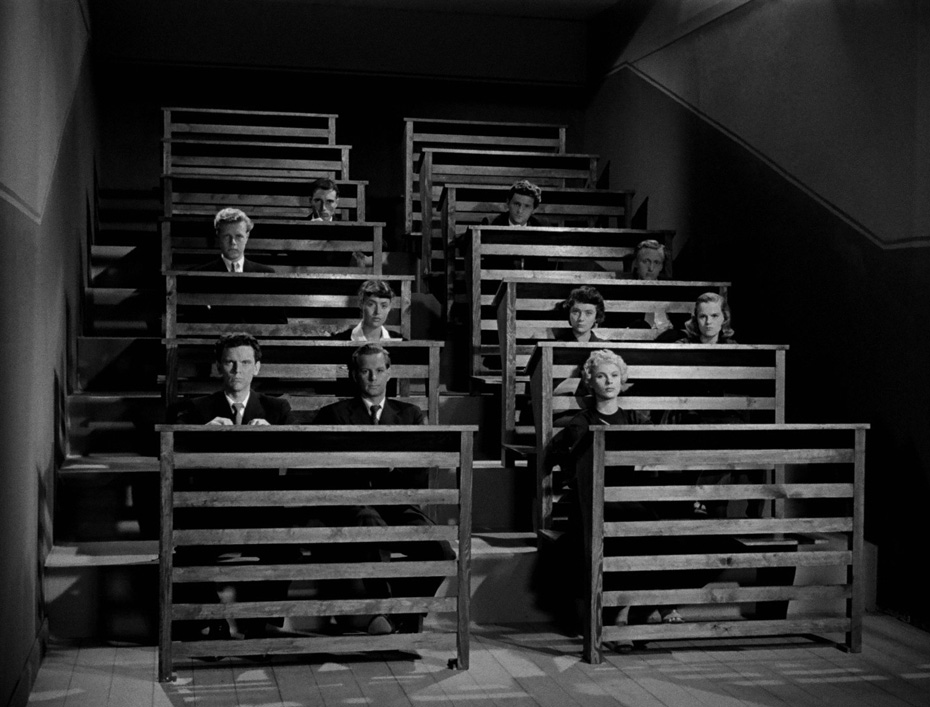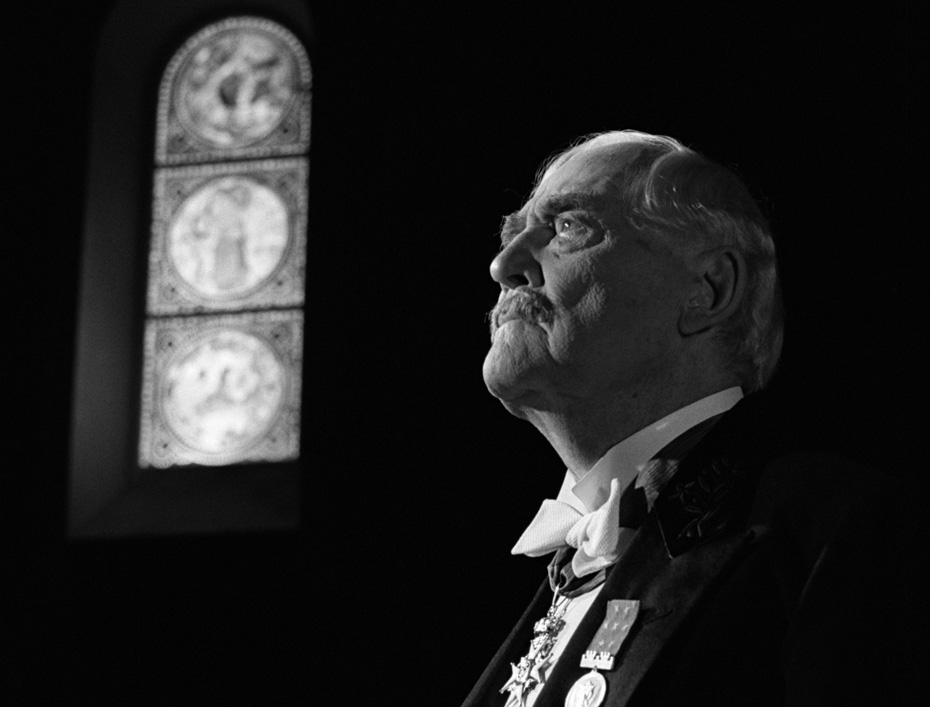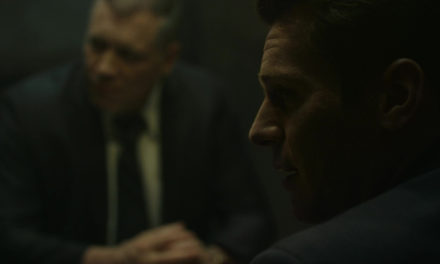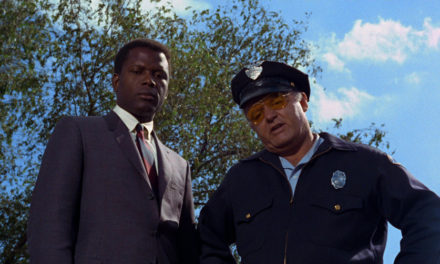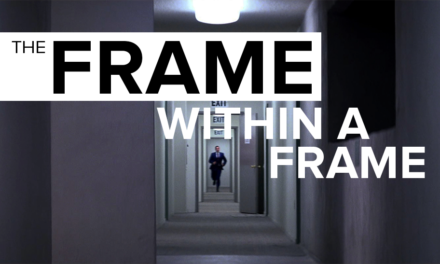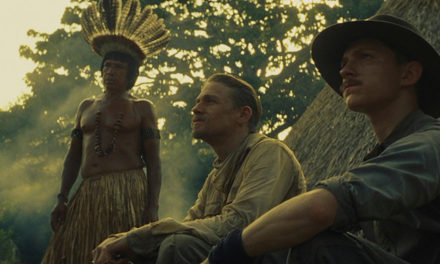THE TUESDAY DROP: 4,400+ New Shots
01.10.23 Get your Decks ready ShotDeck Community! We’re adding a ton of new films this week as well as the complete first season of Barry. Remember you can always request titles for future drops by clicking here!
CRIMES OF THE FUTURE (2022)
CRIMES OF THE FUTURE is a 2022 sci-fi body horror drama written and directed by David Cronenberg. The film stars Viggo Mortensen as Saul Tenser, a performance artist who grows new organs in his body and showcases their removal for his audience along with his partner, Caprice (Léa Seydoux). Things get complicated for the pair when they attract the attention of Timlin (Kristen Stewart), an investigator with the National Organ Registry. Crimes of the Future premiered at the 2022 Cannes Film Festival, where it was nominated for the Palme d’Or. Cronenberg worked on the film with Canadian Production Designer Carol Spier, with whom he has shared a collaboration for over 40 years.
Cronenberg had originally shown the script of Crimes of the Future to Spier over 20 years prior to it going into production, under a different title. Due to co-production requirements and tax incentives, the shoot took place in Greece. Spier’s work began with scouting across Athens, looking for locations that could convey a sense of an anonymous place in the future. Spier researched aged, falling-apart decrepit buildings, including photographs of Chernobyl, and buildings in Detroit in the aftermath of the industrial downturn in the city. Spier and her team built Saul’s entire living quarters, including his lab, eating area and living space, and designed the space to be underground and highly protective of his illness. She studied buildings in Santorini, Greece, which included many cave dwellings, for inspiration. Cronenberg’s previous films such as The Fly and Dead Ringers were also important reference points, as was eXistenZ, which were all films that Cronenberg was tonally returning to with Crimes of the Future.
AFTER HOURS (1985)
AFTER HOURS is 1985 dark comedy thriller directed by Martin Scorsese and written by Joseph Minion. The film stars Griffin Dunne as Paul Hackett, a New York office worker who ventures out for a late night date for a woman he just met, and whose night then takes a turn for the strange as he experiences a series of misadventures. Rosanna Arquette, Verna Bloom, Thomas Chong, Cheech Marin, Catherine O’Hara and John Heard also star. After Hours premiered at the Cannes Film Festival, where it was nominated for the Palme d’Or and won the Best Director award, before going on to win the Best Director and Best Feature Independent Spirit Awards. The film grossed over $10 million from its $4.5 million budget and is today considered a cult hit in Scorsese’s filmography. Scorsese worked on the film with German cinematographer Michael Ballhaus, who had predominantly worked with Rainer Werner Fassbinder prior to his collaboration with Scorsese. His filmography includes films such as Chinese Roulette, Goodfellas, Broadcast News and Bram Stoker’s Dracula.
Ballhaus began his career shooting handheld with lightweight cameras and only using available light during day and night shoots, and working on fast-moving productions. Scorsese wanted to shoot After Hours with a similar philosophy and working approach, and work with a small, fast-moving crew. He and Ballhaus devised a visual strategy that would rely largely on available light and capture the feeling of having a night in Manhattan spiral out of control. Ballhaus’s camera work sought to accentuate the delirium of Paul’s experiences, using disorienting camera angles, strong neon lights that would light actors’ faces with reds, greens and blues. This coupled with Scorsese and editor Thelma Schoonmaker’s fast-paced editorial style created a style that brought the disorienting atmosphere of After Hours to the audience.
BARRY: SEASON ONE (2018)
BARRY is an American dark comedy crime drama television series created by Bill Hader and Alec Berg. The series stars Hader as Barry Berkman, a hitman from Cleveland who travels to Los Angeles on an assignment to assassinate someone, but finds himself joining an acting class taught by Gene Cousineau (Henry Winkler) after meeting aspiring actress Sally Reed (Sarah Goldberg). Barry begins to question his path in life as he finds himself caught between his criminal associates and the people he’s meeting through his acting class. The series also stars Glenn Fleshler, and Anthony Carrigan. Season 1 of Barry premiered on HBO in March of 2018, and received Primetime Emmy Awards in the Outstanding Lead Actor in a Comedy Series (Hader) and Outstanding Supporting Actor in a Comedy Series (Winkler) categories. Hader and Berg worked on season 1 of Barry with Mexican cinematographer Paula Huidobro, whose credits include CODA, Pam & Tommy, Welcome to Chippendales and Insecure.
Hader, Berg and Hudiobro started their collaboration from a clear vision and set of reference points for the visual language of Barry, which included films directed by the Coen Brothers, as well as The Apartment (dir. Billy Wilder). They wanted Barry to have elegant and dense wide-lens compositions that created room for actors to play and move within the frame, minimizing the need for many cuts and shots in each scene. Hader, Berg and Hudiobro would closely photo board sequences ahead of time and plan to shoot with long, fluid, rhythmic takes. The three of them wanted to ensure that the violence in the show was not glorified, and presented in a realistic way while also being underplayed, shooting in longer takes that placed the audience a little more removed from the middle of the action. Action sequences would often play out in longer pans that were constructed in sequences that would maximize tension, and heighten the drama of the film to balance the tone of the show between comedy and dark drama.
FANNY AND ALEXANDER (1982)
FANNY AND ALEXANDER is a 1982 period drama written and directed by Ingmar Bergman. Set in the early 20th century, the film follows siblings Fanny and Alexander Ekdahl (Pernilla Allwin and Bertil Guve), whose peaceful life is upended when their father dies, and their mother (Ewa Fröling) remarries a prominent bishop (Jan Malmsjö), who is abusive to Alexander. Originally conceived as a television miniseries, Fanny and Alexander was eventually cut down to be a feature film release. The film premiered at the Venice International Film Festival, where it won the FIPRESCI Prize, and went on to win Academy Awards in the Best Foreign Language Film, Best Art Direction, Best Cinematography and Best Costume Design categories. Bergman worked on the film with longtime collaborator Sven Nykvist, with whom he had also worked on films such as Cries and Whispers, Persona and The Magic Flute. Nykvist’s other credits include The Postman Always Rings Twice, The Sacrifice and Sleepless in Seattle.
Bergman and Nykvist had developed a way of working together and a way of shooting their films over many years that adhered to strict rules. They disagreed strongly with the idea of using lots of camera movement, and had developed philosophies of cinematography stricter even than the Dogme films. Bergman and Nykvist would stage scenes to suit the frame they wanted before blocking actors for each shot, and shot listed for wides, mediums and close-ups to be a reflection of the emotional temperature of the scene, as well as a reflection of where the characters’ attention in the scene was. Nykvist designed a lighting scheme full of warmth and softness that could also turn very harsh dark in the moments of the film that called for it.
MAD GOD (2022)
MAD GOD is a 2022 stop-motion animated experimental horror film written, produced and directed by Phil Tippett. The film follows a figure known as “The Assassin”, who descends from the heavens into a hellish pit of monsters and titans. Mad God premiered at the 202 Locarno Film Festival, and grossed over $325,000 from its $124,000 budget raised via KickStarter, before being distributed by Shudder.
Mad God was a film 30 year production for Tippett, who developed and executed the film slowly alongside his visual effects work on projects such as Star Wars, Jurassic Park and RoboCop. Tippett wanted to make a film that was more expansive than a conventional film, not overly concerning himself with the need to tell a story with a beginning, middle and end. The stop-motion approach for the film was a reflection of this, embracing a more assemblage style of animation layering that filmmakers such as Guillermo del Toro described as “philosophical collage”. Tippett cited artists and philosophers such as Hieronymus Bosch, John Milton and Carl Jung directly in the making of Mad God, all set within the dark, rich and complex world of the animation he created.
REVOLUTIONARY ROAD (2008)
REVOLUTIONARY ROAD is a 2008 romantic drama directed by Sam Mendes, based on the 1961 novel of the same name by Richard Yates. The film stars Leonardo DiCaprio and Kate Winslet as Frank and April Wheeler, a couple in the 1950s who decide to move to Paris to escape their jaded lives. However, their marriage starts to crumble when April’s pregnancy forces them to abandon their plans. Michael Shannon, Kathryn Hahn, David Harbour and Kathy Bates also star. Revolutionary Road premiered in Los Angeles, grossing over $76 million from its $35 million budget, and going on to receive three Academy Award nominations – Best Supporting Actor (Shannon), Best Art Direction and Best Costume Design. Mendes worked on the film with American Production Designer Krisi Zea, whose credits include Goodfellas, The Silence of the Lambs and The Departed.
Revolutionary Road filmed on location in Darien, Connecticut. The cast rehearsed on location for 3 and half weeks before being shot largely in sequence on location. Mendes and Zea wanted to create a sense of claustrophobia on set, and decided to film the Wheeler home interiors in a real house that was small, forcing the entire cast and crew to work in tight quarters throughout production. Zea and her team got permission to dismantle and remodel the interior and exterior of the house, while keeping its core characteristics. Zea wanted the design of the film to reinforce the sense of isolation designed in the book, and wanted to also rule out any design elements with bright colors, and anything that would overtly scream “period film” to the audience, leaving a look that was as plain as possible. Zea and her team of over 45 tradespeople spent 45 days transforming the home into the set that it ended up being for the shoot.
THE FORTY-YEAR-OLD VERSION (2020)
THE FORTY-YEAR-OLD VERSION is a 2020 American comedy-drama starring, written, directed and produced by Radha Blank, in her feature directorial debut. Loosely based on her own life, the film follows her life as a playwright and teacher who turns to rapping when she starts to near her 40th birthday. The film also stars Peter Kim, Oswin Benjamin and Reed Birney. The Forty-Year-Old Version premiered at the 2020 Sundance Film Festival, where it won the Directing Award for US Dramatic Competition. It later was named one of the ten best films of 2020 by the National Board of Review. Blank worked on the film with American cinematographer Eric Branco, whose other work includes films such as Clemency and Warriors.
Blank and Branco decided to shoot the film on 35mm black-and-white film to create a gritty look and feel that embraced the world and the landscape of the characters and the setting. Blank also felt that shooting in black-and-white would help convey the hip hop environment that the characters occupied in a sophisticated and humane way that pushed it away from the oversexualized stereotypes she felt it was dominated by visually. Branco chose to shoot the majority of the film using the Arricam LT and vintage Zeiss Super Speed lenses, and shot the locals using an iPhone that he then softened by downgrading its resolution. Branco and his lighting team often lit from above, using LED lights and overhang rigs that allowed the team to shoot quickly during production.
THOR: LOVE AND THUNDER (2022)
THOR: LOVE AND THUNDER is a 2022 American superhero film co-written and directed by Taika Waititi, based on the Marvel Comics character Thor, and made as a sequel to the 2017 film Thor: Ragnarok. The film follows Thor (Chris Hemsworth) as his attempts to find inner peace are halted when Gorr the God Butcher (Christian Bale) embarks on a mission to kill all gods. Thor recruits Valkyrie (Tessa Thompson), Korg (Waititi) and his ex-girlfriend Jane Foster – now the Mighty Thor (Natalie Portman) – to help. Thor: Love and Thunder was made for $250 million, making it one of the most expensive movies ever made, and grossed over $760 million worldwide. Waititi worked on the film with Australian cinematographer Barry Idoine, with whom he had collaborated on The Mandalorian.
Thor: Love and Thunder was shot at Fox Studios Australia in Sydney. After working in a “volume” for The Mandalorian, Waititi and Idoine chose to shoot a similar way for this film, employing Industrial Light & Magic to create a custom StageCraft virtual production volume space. The custom volume featured more LED panels and offered a higher resolution than the volume created for The Mandalorian. Waititi and Idoine also used Satellite Lab’s PlateLight technology for Thor: Love and Thunder. The technology is a special rig designed to capture multiple lighting set-ups simultaneously within the same shot at a high frame rate. The technology was designed so that Waititi would then be able to select the lighting set up he liked best in post-production, rather than having to spend time deciding that during the shoot during set-up time or rehearsal time
WHERE THE CRAWDADS SING (2022)
WHERE THE CRAWDADS SING is a 2022 American mystery drama film directed by Olivia Newman, based on the 2018 novel of the same name by Delia Owens. The film stars Daisy Edgar-Jones as Kya, a girl who was abandoned at a young age and raised herself to adulthood in the North Carolina marshland. When the town’s young hotshot is found dead, she becomes the prime suspect and is tried for murder. Taylor John Smith, Harris Dickinson, Michael Hyatt, Sterling Macer Jr., Jojo Regina, Garret Dillahunt, and David Strathairn also star. Where the Crawdads Sing was released in July of 2022 at the Museum of Modern Art in New York, and grossed over $140 million from its $24 million budget. Newman worked on the film with British cinematographer Polly Morgan, whose credits include The Woman King, A Quiet Place Part II and Legion.
Newman and Morgan wanted to photograph Kya’s arc by showing the scope of the environment she moved in and the way that her journey was tied into the world and home she had built for herself. Morgan chose to shoot on a large format camera using a set of prototype lenses designed for the movie by Panavision. Most of the film was shot on wide lenses (primarily 14mm and 28mm), framing Kya close while also seeing the world around her to emphasize the closeness of her relationship to nature. Morgan leaned into camera movements that felt lyrical, while being grounded in naturalism, embracing ambient light and shooting with low contrast and soft lighting units.
MIDDLE OF NOWHERE (2012)
MIDDLE OF NOWHERE is a 2012 drama written and directed by Ava DuVernay, starring Emayatzy Corinealdi, David Oyelowo, Omari Hardwick and Lorraine Toussaint. The film follows a medical student living in Compton, Los Angeles (Corinealdi), who considers leaving her husband (Hardwick), who is in prison, for a charming bus driver (Oyelowo). Middle of Nowhere premiered at the Sundance Film Festival, where it won the Directing Award for US Dramatic Films. DuVernay worked on the film with American cinematographer Bradford Young, who she also collaborated with on Selma and When They See Us.
Middle of Nowhere filmed on a budget of $200,000 over nineteen days in South Los Angeles. DuVernay and Young wanted to create an image of South-Central LA and Compton that showed a different side of the community than many audiences had come to expect, given the prevalence of films such as Boyz n the Hood in their consciousness. DuVernay wanted to create a visual language that was authentic to the characters in the film, and Young set about creating a look for the film that was lush, considered and focussed on presenting the characters in all their richness and complexity. His process began with research on location and building a look book that responded to DuVernay’s needs for the story. DuVernay’s process as a director required a clear, straightforward approach on set that could then allow for flexibility in post-production, which created a fast-paced production that could meet the financial and time constraints that it was under.
ENCOUNTER (2021)
ENCOUNTER is a 2021 sci-fi thriller co-written and directed by Michael Pearce, starring Riz Ahmed, Janina Gavankar, Rory Cochrane, Octavia Spencer, Lucian-River Chauhan and Aditya Geddada. The film follows a decorated Marine (Ahmed) who goes on a rescue mission to save his two sons (Chauhan and Geddada) from a mysterious extraterrestrial threat. Encounter premiered at the 2021 Telluride Film Festival, before playing at the Toronto International Film Festival, and continuing its festival run through Chicago, London and Philadelphia. Pearce worked on the film with British cinematographer Benjamin Kracun, with whom he collaborated on his previous film, Beast.
Kracun and Pearce began their collaboration on Encounter with a common series of reference points for the way they wanted to visually construct the film. They looked at films such as Invasion of the Body Snatchers and Paris, Texas, creating a visual plan that would embrace the sci-fi and alien elements of the film without losing sight of the human story at its core. Kracun and Pearce wanted to craft a movie that felt like both a big-scale sci-fi action film as well as an intimate family road movie, and created a shooting plan that shifted perspectives between subjective and objective views of the action.
THE DOUBLE LIFE OF VÉRONIQUE (1991)
THE DOUBLE LIFE OF VÉRONIQUE is a 1991 drama co-written and directed by Krysztof Kieślowski. The film stars Irène Jacob as Veronique, a beautiful young French woman who aspires to be a singer, and as Weronika, a woman who looks identical to Veronique and who lives in Poland with similar aspirations. While the two women do not know each other, they share a mysterious and emotional bond that impacts them both. The Double Life of Veronique premiered at the 1991 Cannes Film Festival, where it was awarded the Prize of the Ecumenical Jury and the FIPRESCI Prize, as well as the Best Actress Award for Jacob. Kieślowski worked on the film with long-time collaborator and Polish cinematographer Sławomir Idziak, who also worked with Kieślowski on the Three Colors trilogy, and whose filmography also includes Black Hawk Down and Harry Potter and the Order of the Phoenix.
Kieślowski and Idziak wanted to ensure that their visual language embraced the metaphysical elements of the story and created an ethereal atmosphere that left space for the audience to meditate on its subtext and more supernatural elements. Idziak wanted the cinematography to be highly stylized, using color and camera filters to help create this atmosphere on screen. The pair had previously experimented with these techniques in the Three Colors Trilogy. Idziak used a yellow-green filter to give the world a seemingly benign, autumnal glow, and the shifts to other filters such as reds and browns allowed them to create visual contrast between the worlds of the two women, while also pushing the film into more mystical territory.
WILD STRAWBERRIES (1957)
WILD STRAWBERRIES is a 1957 Swedish drama written and directed by Ingmar Bergman. The film stars Victor Sjöström as retiring doctor Isak Borg, who travels from Stockholm to Lund with his pregnant daughter-in-law, Marianne (Ingrid Thulin) to receive an honorary degree from his alma mater. Along the way, the pair encounter a series of hitchhikers, including a dead ringer for his first love (Bibi Andersson) each of whom causes Isak to muse upon his own life. Wild Strawberries premiered at the Berlin International Film Festival, where it was awarded the Golden Bear, and went on to win the Best Film and Best Actor Awards at the Mar del Plata Film Festival and the Pasinetti Award at the Venice Film Festival, before being nominated for an Academy Award for Best Original Screenplay, a nomination which Bergman refused. Bergman worked on the film with Swedish cinematographer Gunnar Fischer, with whom he also worked on Smiles of a Summer Night and The Seventh Seal.
Bergman and Fischer wanted to create a visual language in their black-and-white shoot that would embrace the warmth of Isak, and allow the audience to connect and empathize with him in spite of the coldness of his life and some of the things he had done. As a road movie mostly taking place in one location, Fischer had to achieve this with disciplined framing and lighting designs. One of the major challenges that Bergman and Fischer faced working together on Wild Strawberries was the age of their lead actor Sjöström, who was in his late 70s at the time of production and who was in poor health during the shoot. This forced some of the production indoors, with a back-projection used in the car to show the landscape moving by in order to make things as easy as possible for Sjöström during the production.

